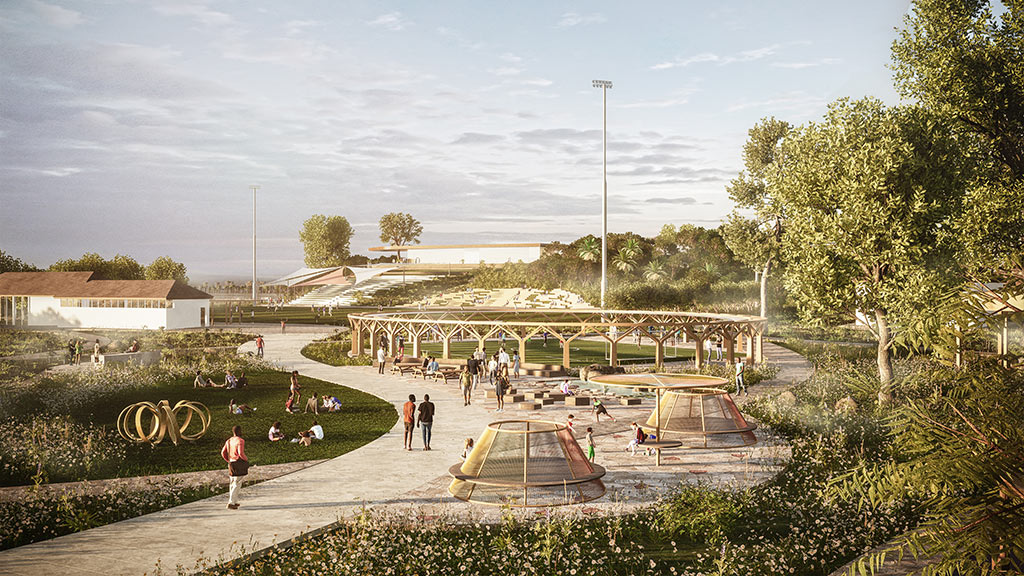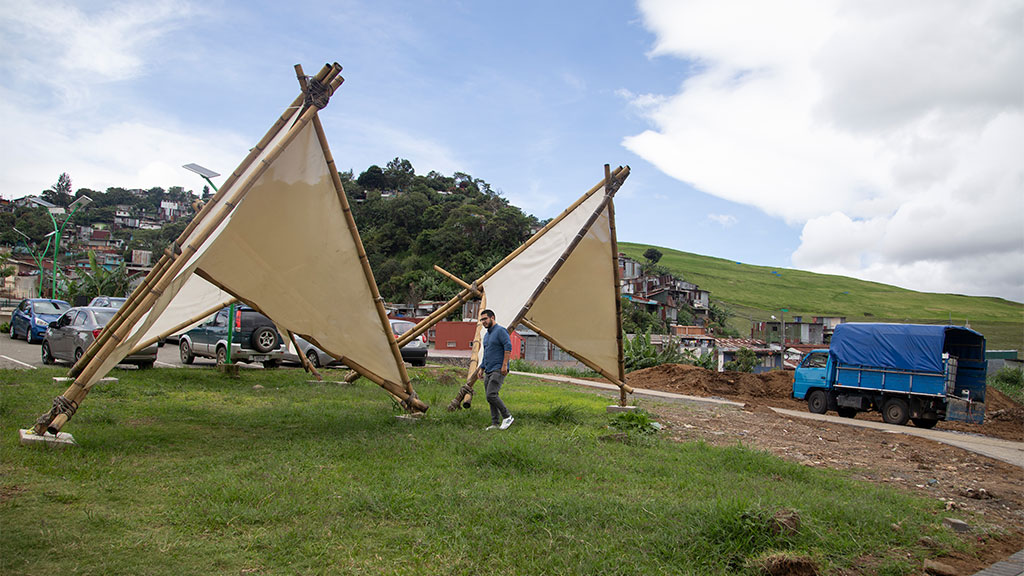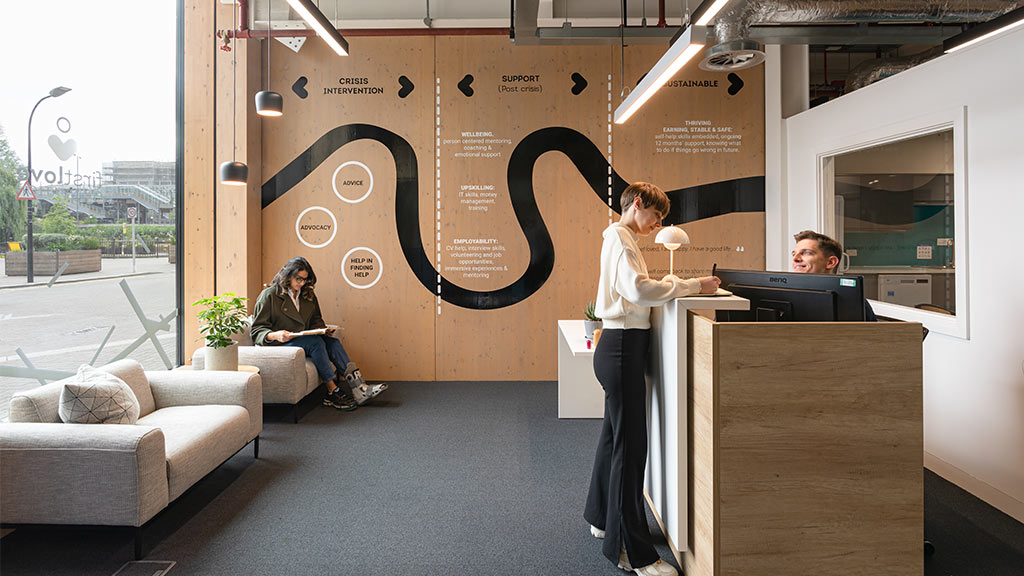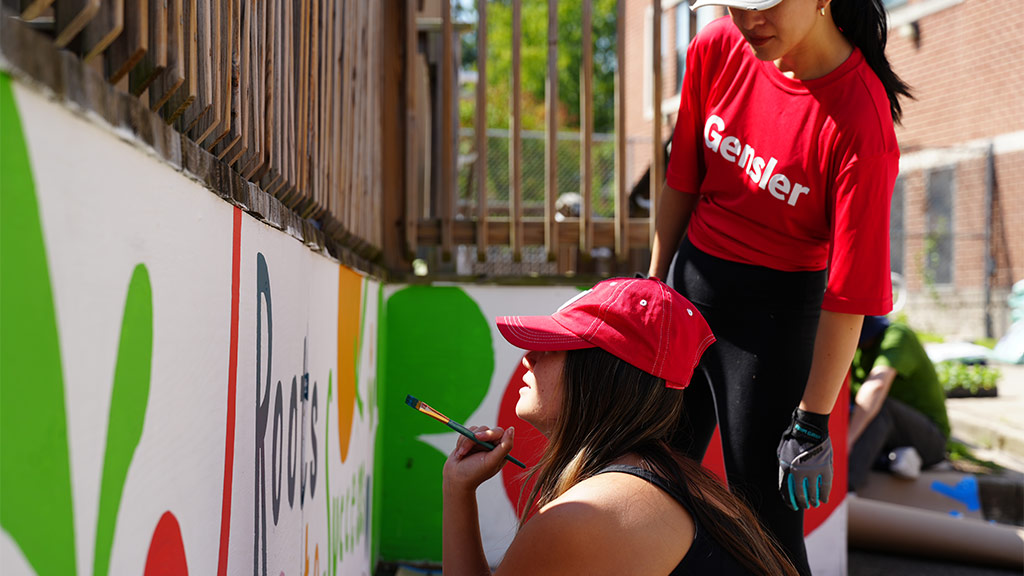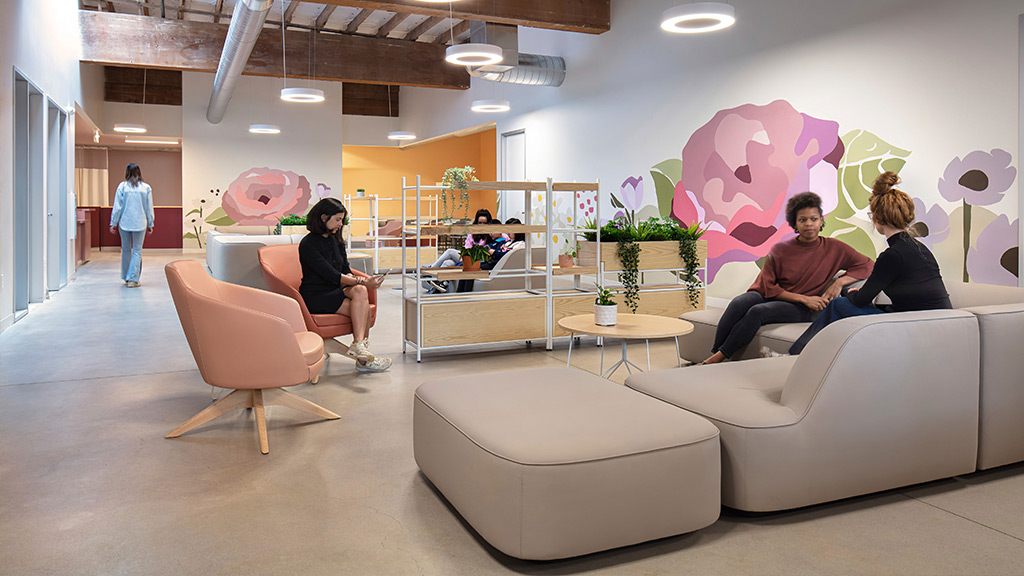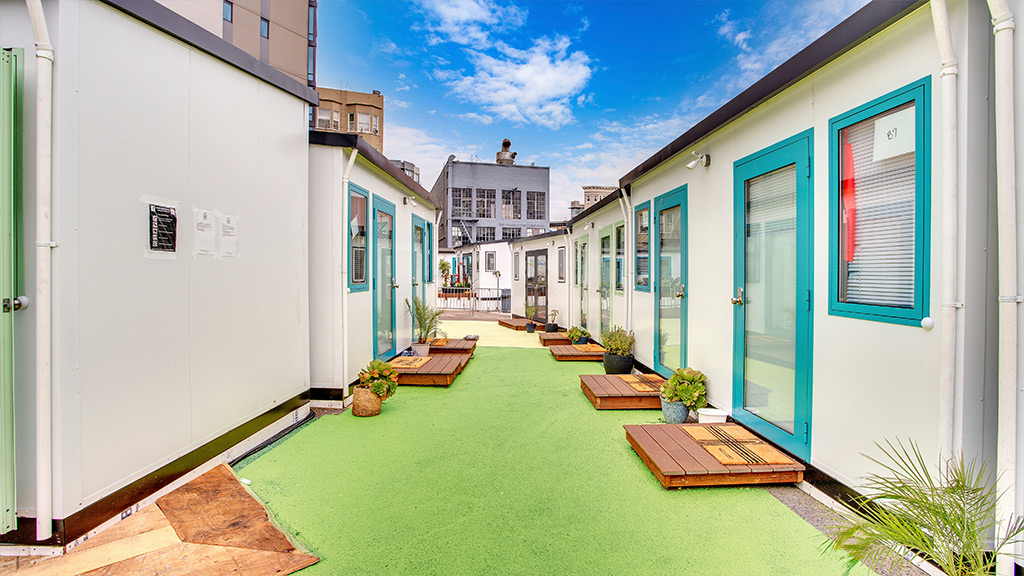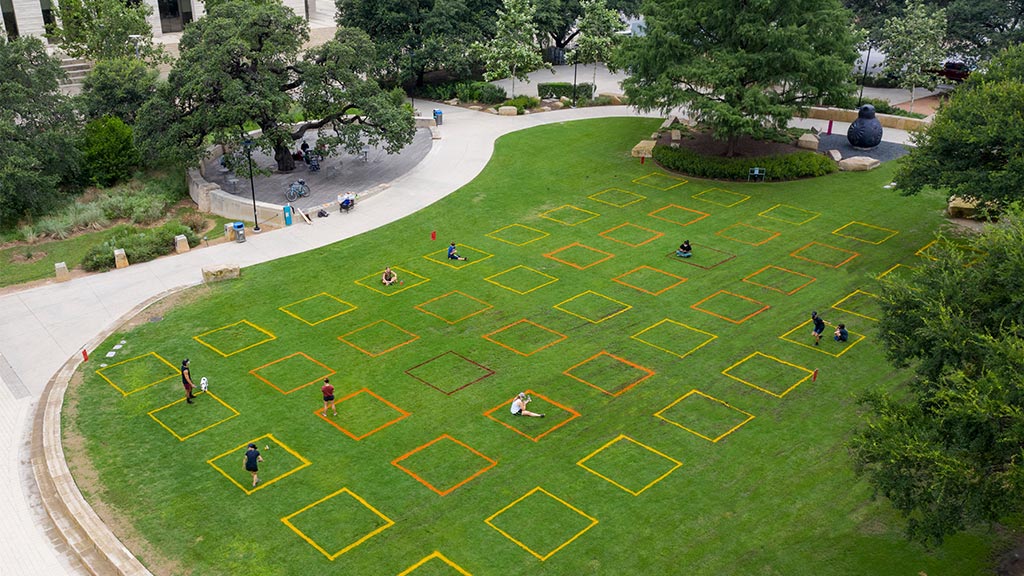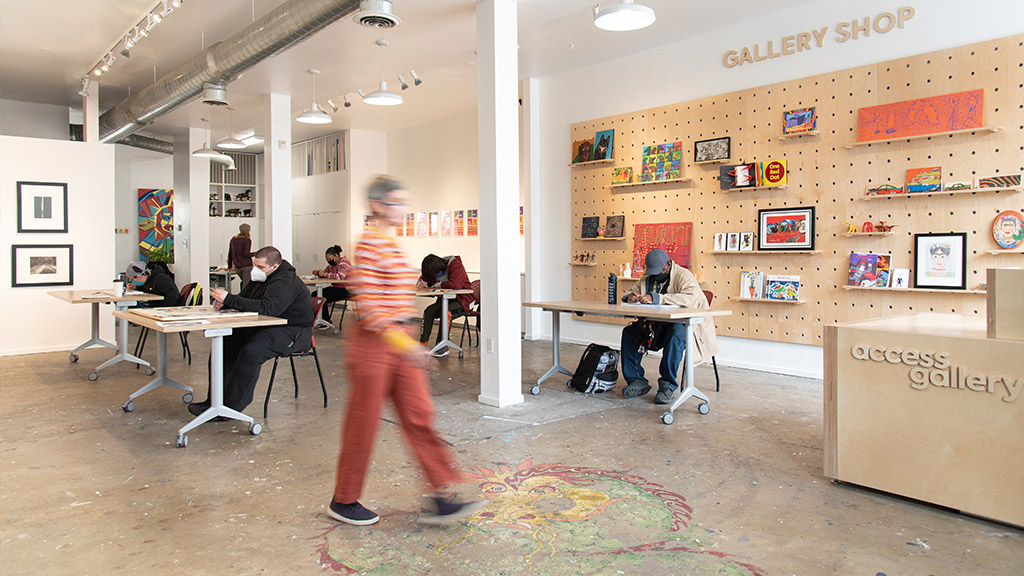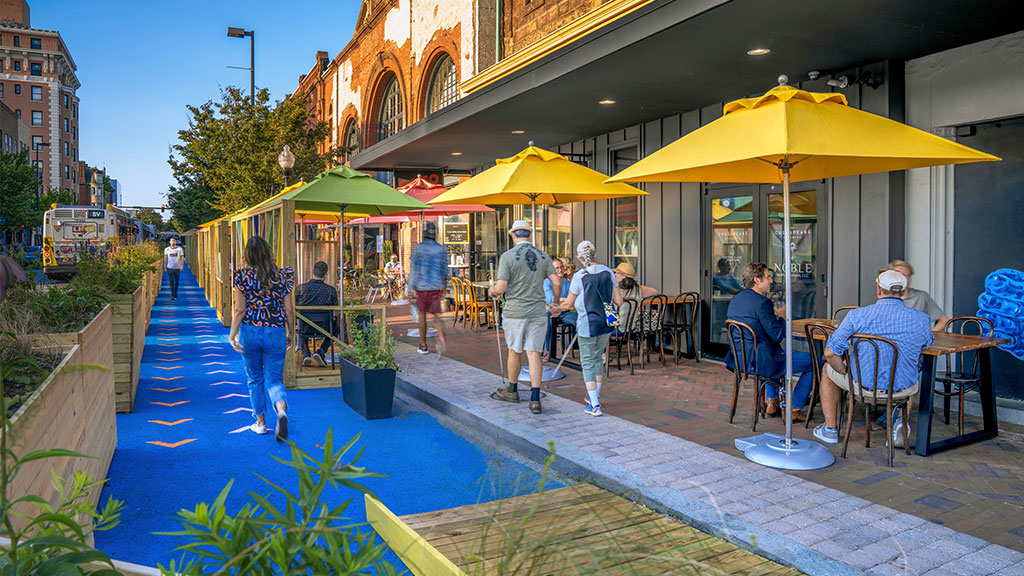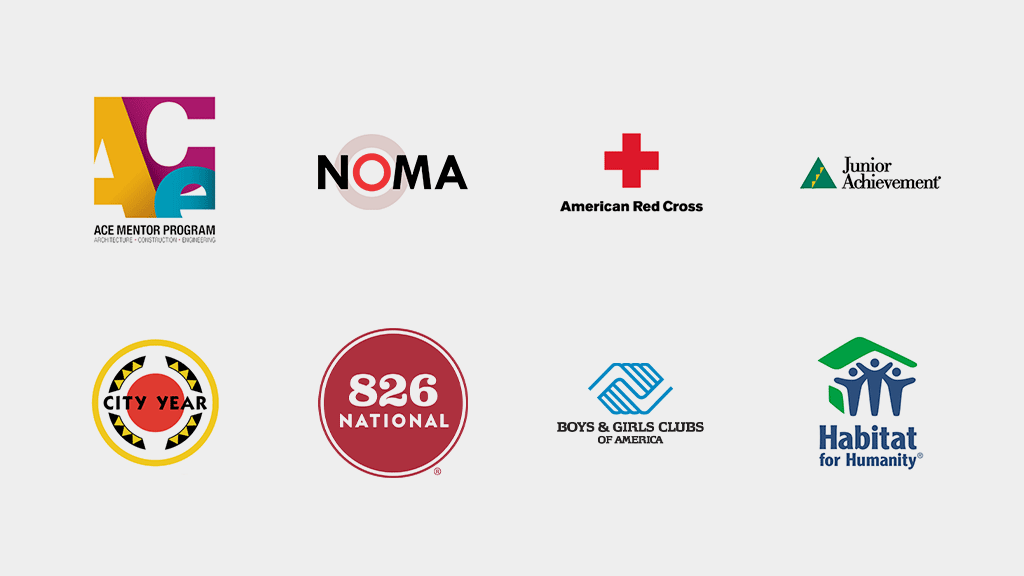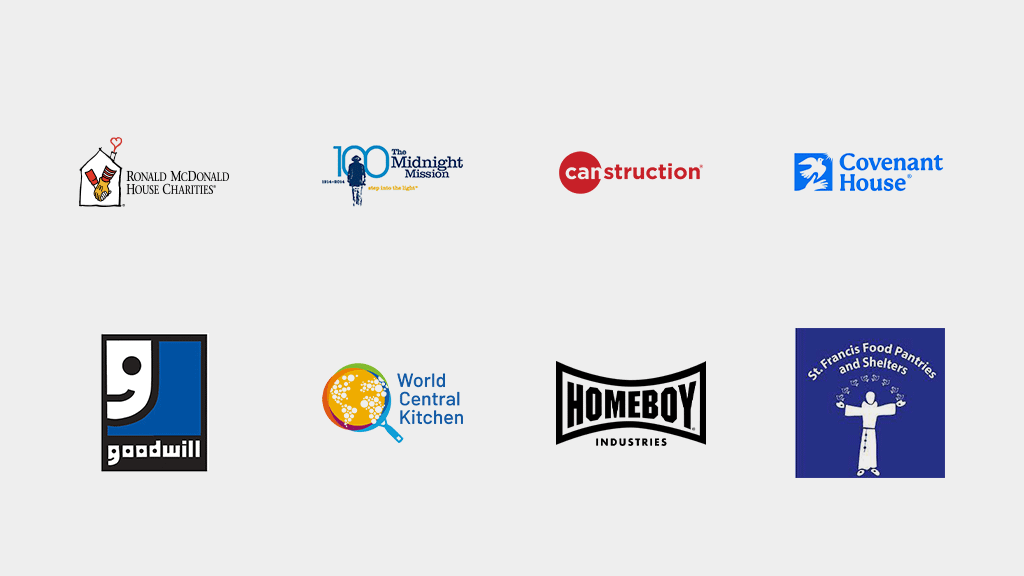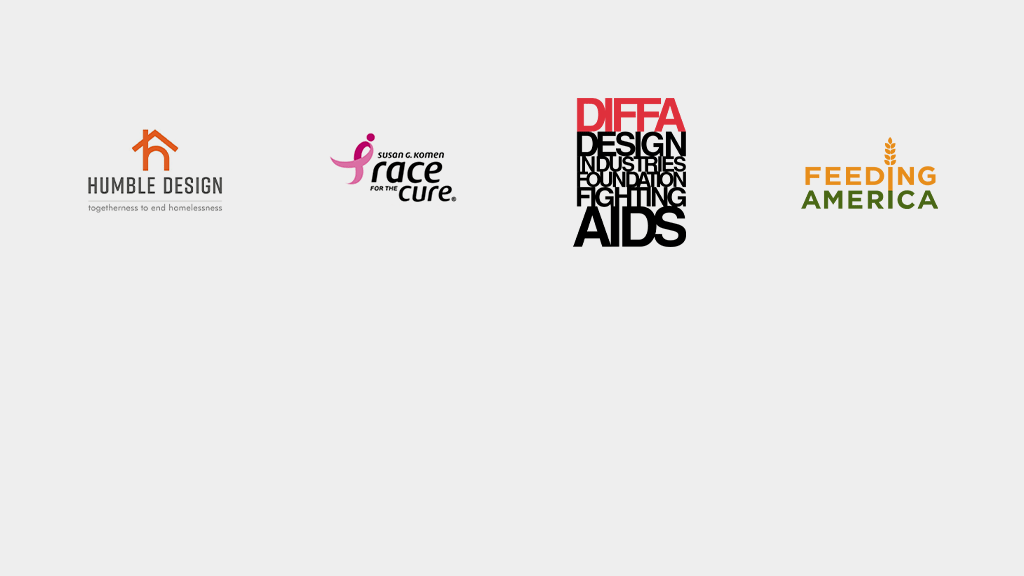Through partnerships with programs such as ACE Mentor, NOMA, and City Year, we’re supporting organizations that foster the well-being of children and the education and training of students for careers in architecture and design.
Gensler is dedicated to building healthy places that blend functionality and comfort and improve measurable health outcomes for all communities.
At Gensler, we are committed to finding and creating housing solutions for communities facing the crises of homelessness, displacement, and lack of workforce housing.
Leveraging our expertise in design resilience, Gensler helps communities develop and realize innovative and sustainable solutions to mitigate the effects of climate change and combat its root causes.
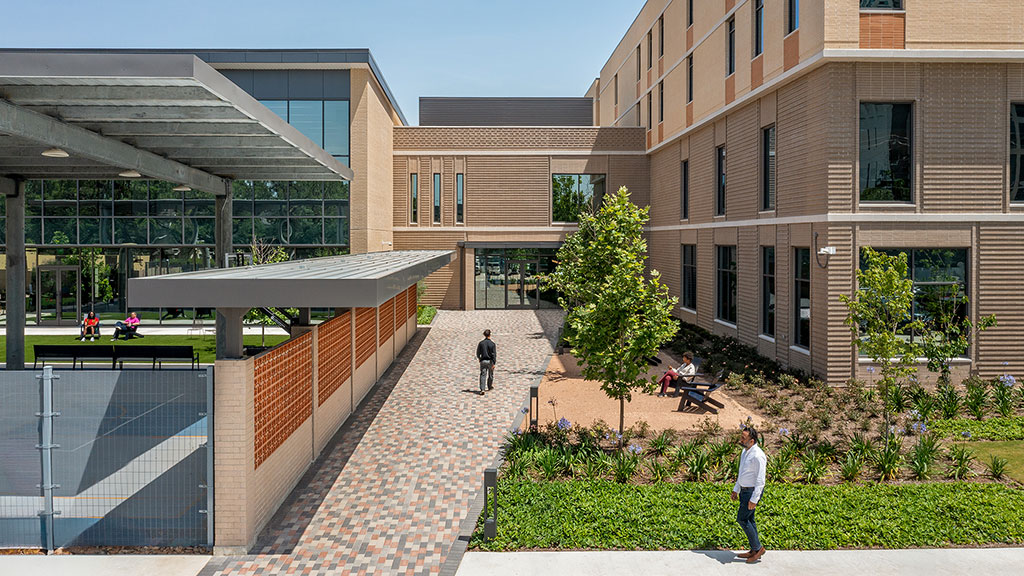
How Design Can Advance Diverse Nonprofit Missions
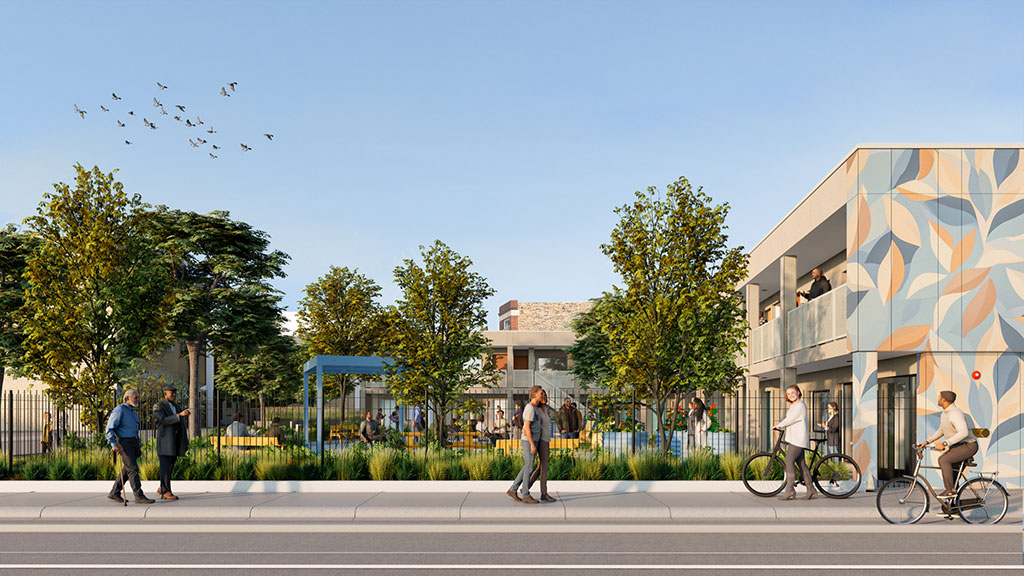
How Two Innovative Shelters Reimagine Refuge for the Homeless in Chicago
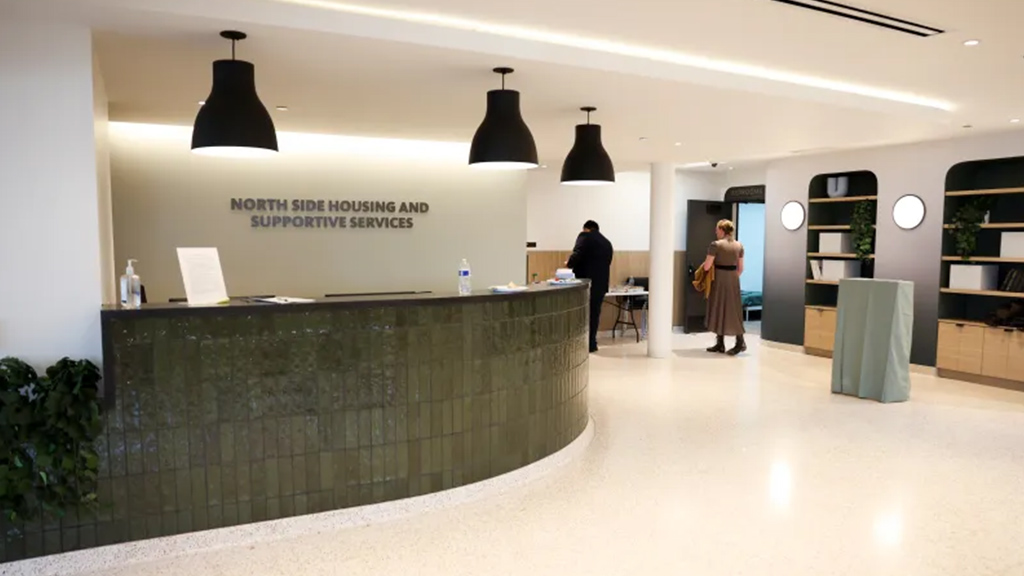
Chicago Tribune Shared the Opening of North Side Housing and Supportive Services’ New Shelter
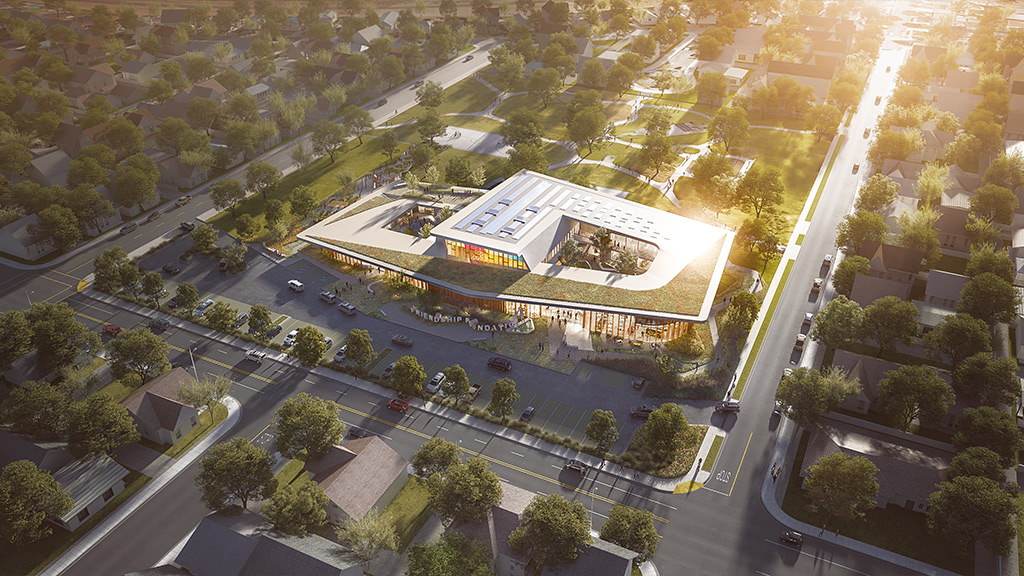
Friendship Foundation Campus Will Provide Opportunities for All Abilities To Learn, Explore, and Find Their Place
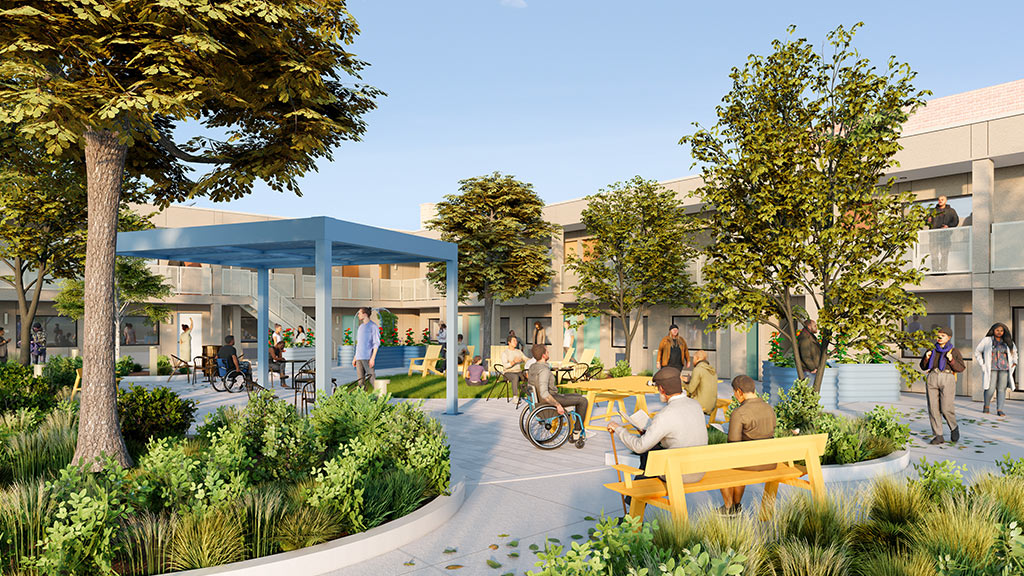
Gensler’s Thoughtful, Trauma-Informed Design Approach To Transform an Old Motel Into the Haven on Lincoln
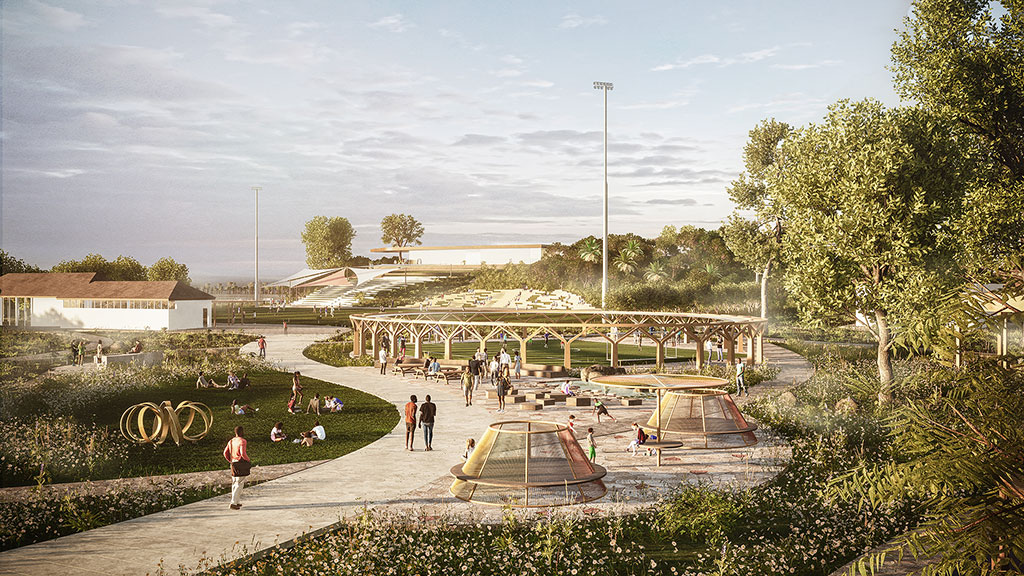
A Football Academy Designed to Empower Youth in Ghana
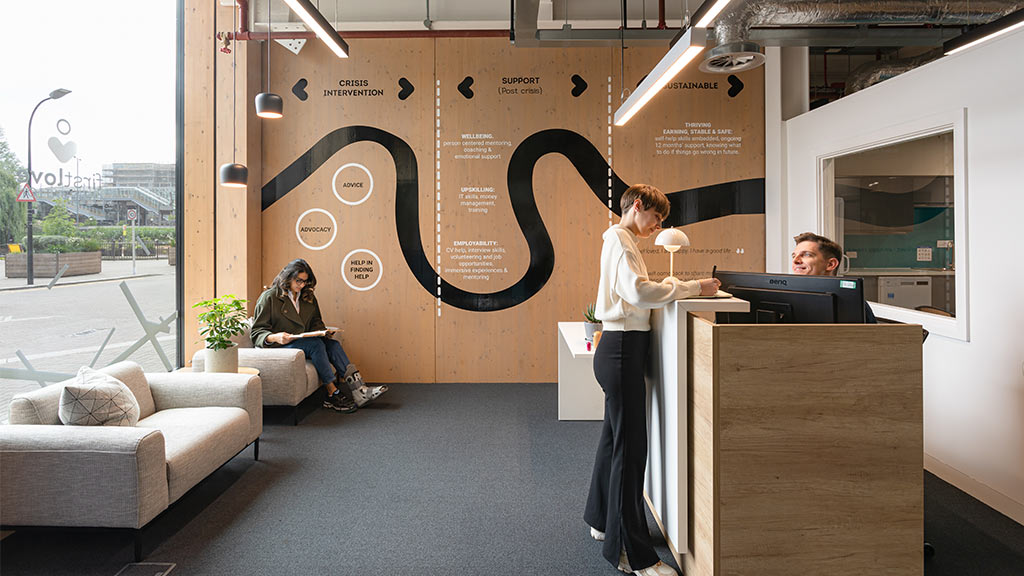
A Look Inside Gensler’s Design of First Love Foundation Offices
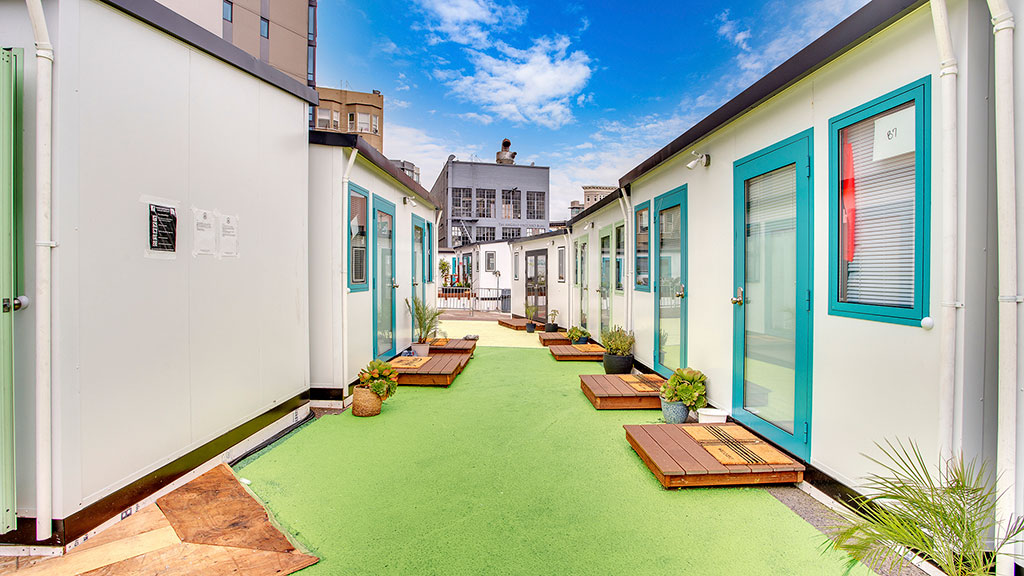
Rethinking Housing: Innovative Solutions to California’s Homelessness Crisis
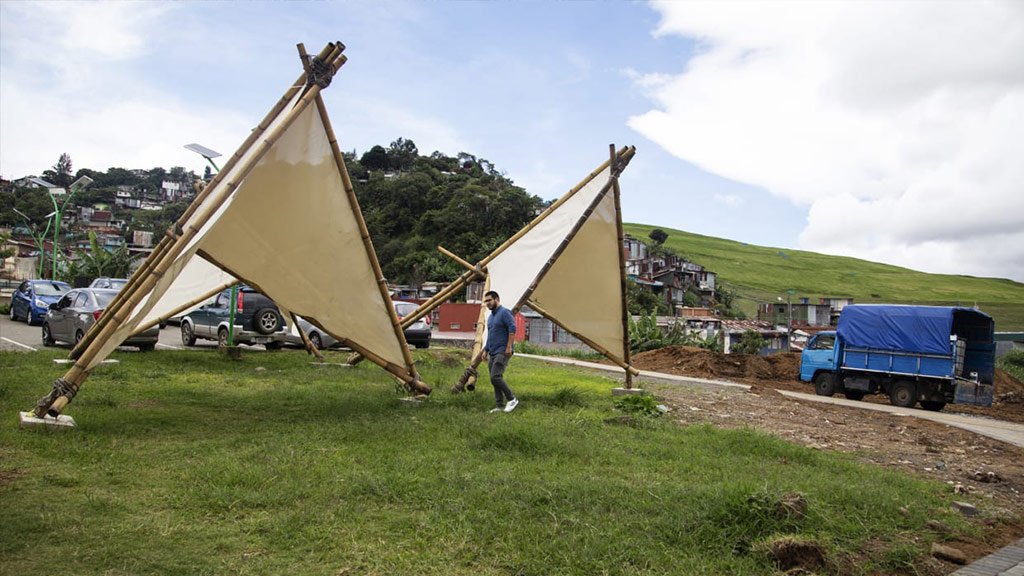
How To Mitigate Extreme Heat in Vulnerable Communities
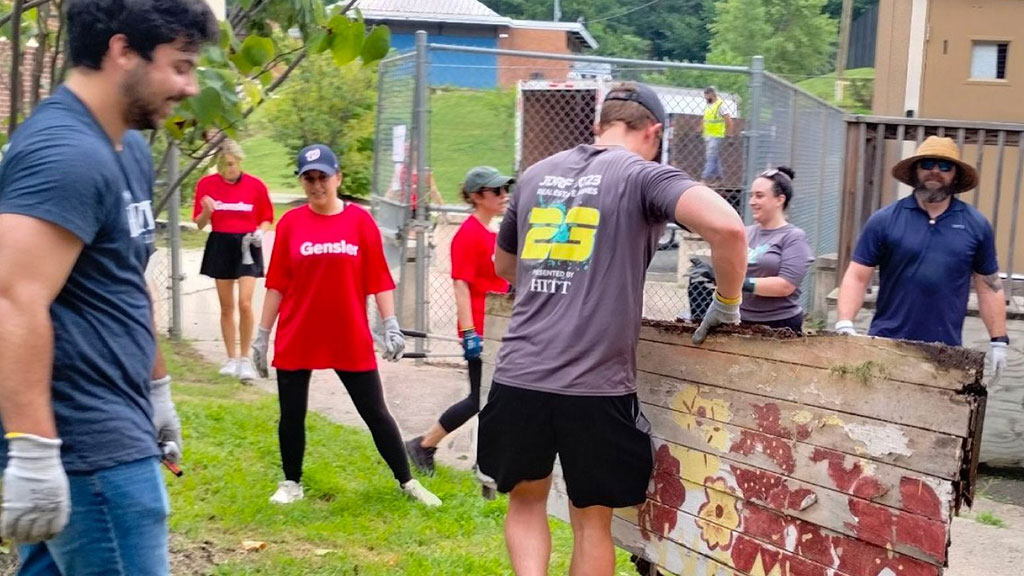
USGBC Spotlighted the 2023 Greenbuild Legacy Project — Gensler’s Roots to Success Initiative
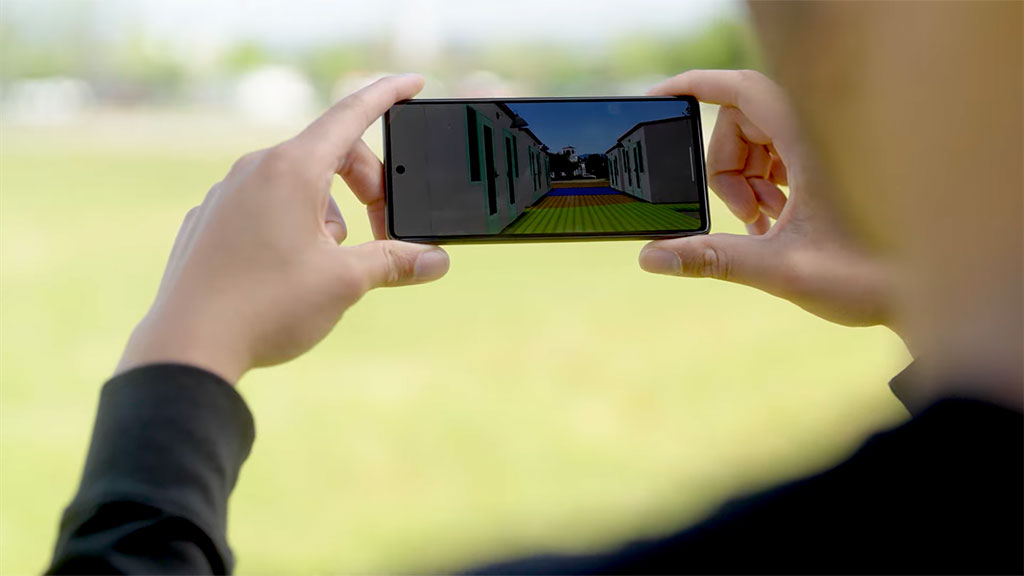
How Augmented Reality Can Drive More Engaged Communities
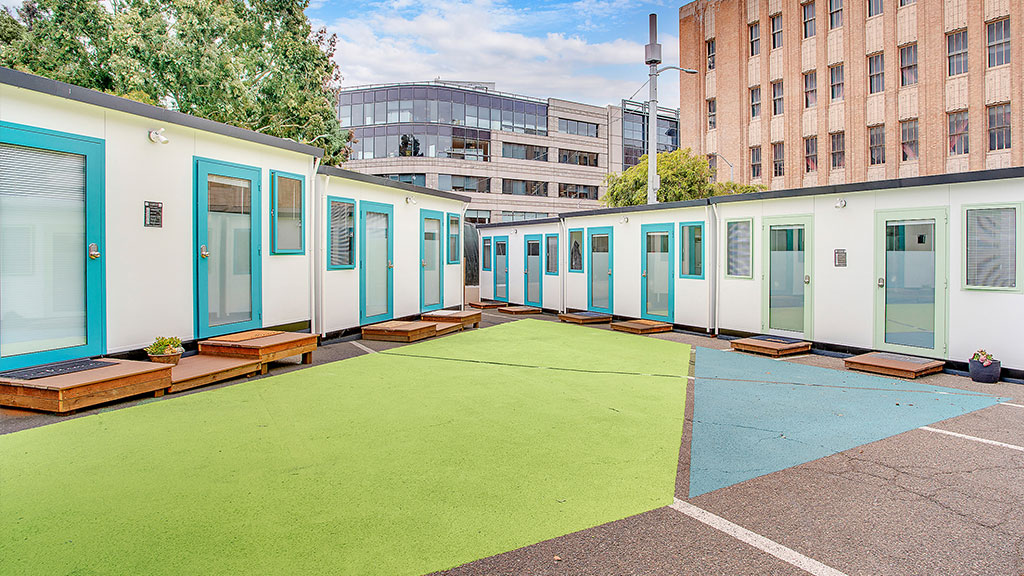
DignityMoves Is Building Temporary Housing for Homeless People in Partnership with Gensler
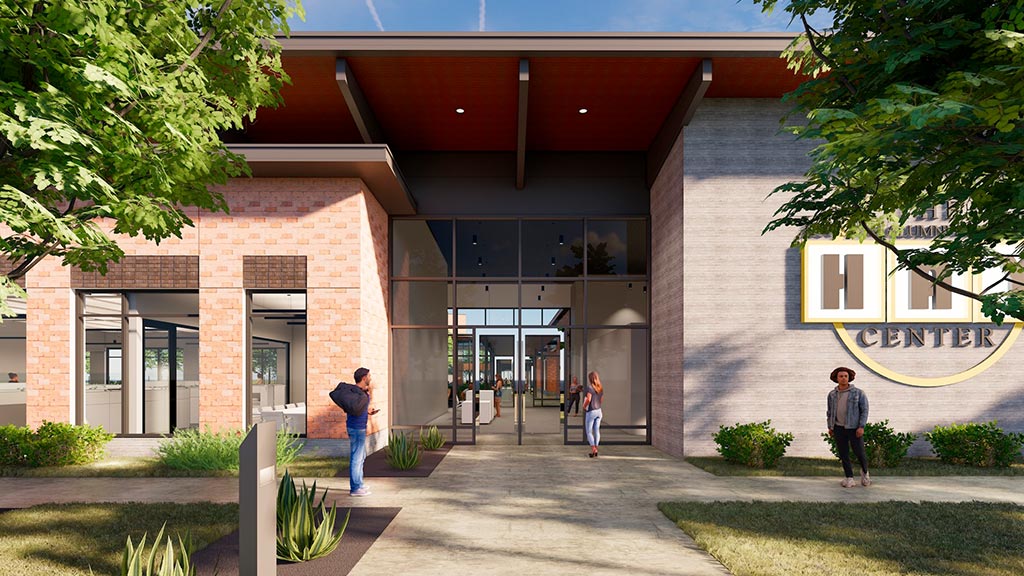
The HAY Center Will Create a College-Like Campus for Foster Youth Transiting to Adulthood
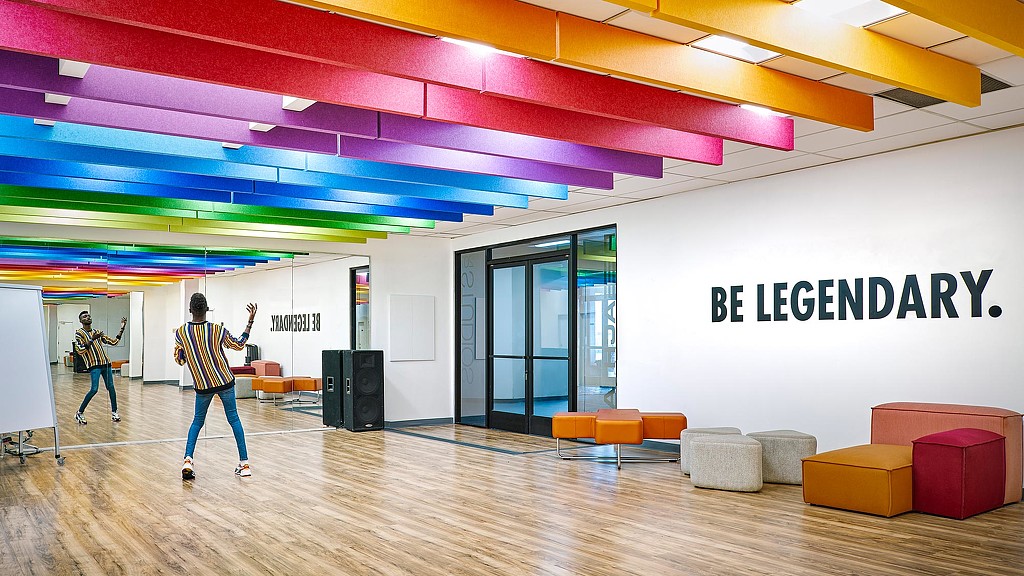
REACH LA’s Vibrant Space, Designed by Gensler, Sets New Standards for the LGBTQ+ Community
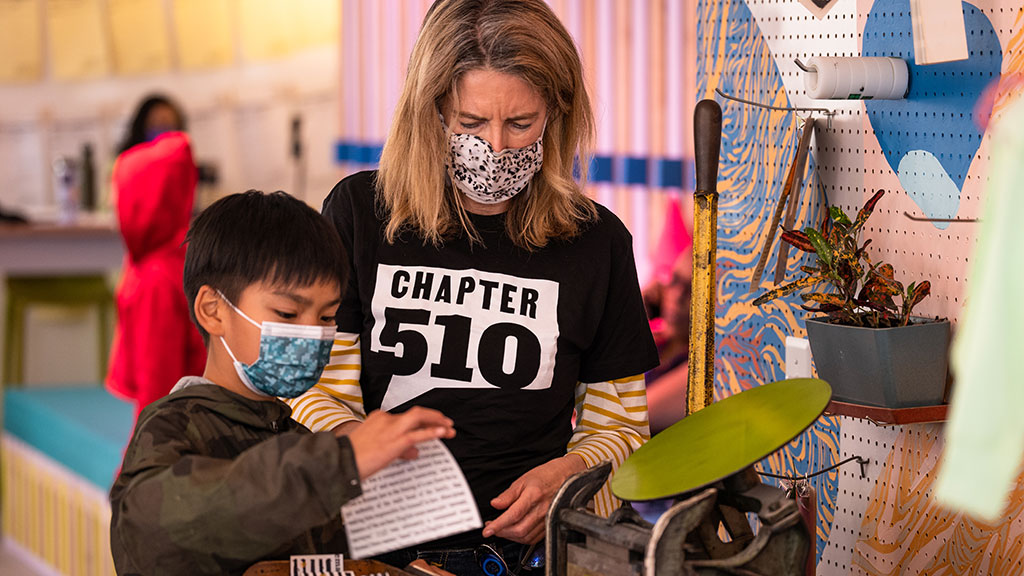
Designing for Social Impact in Our Communities
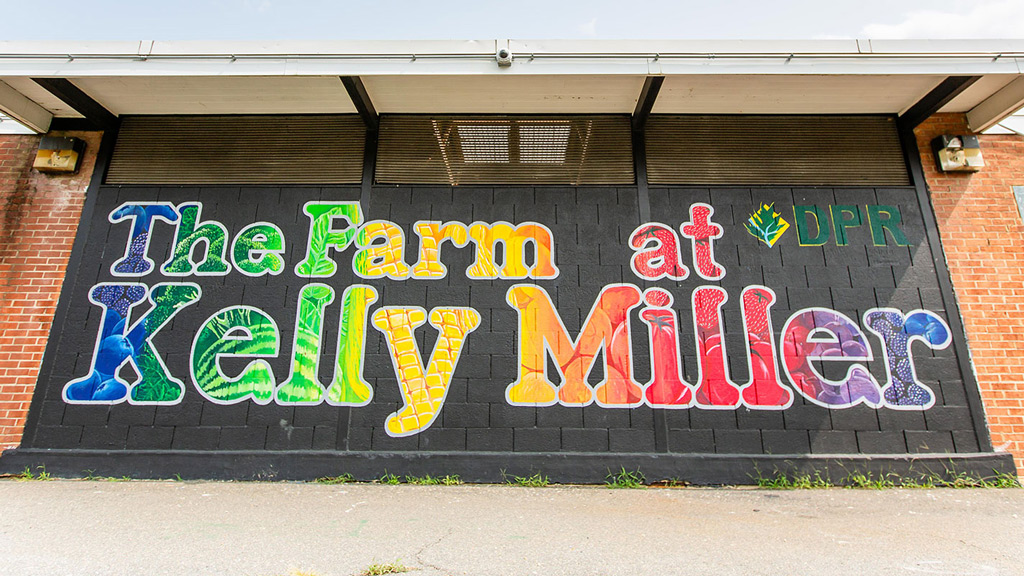
A Holistic Approach to Community Impact in Washington, D.C.
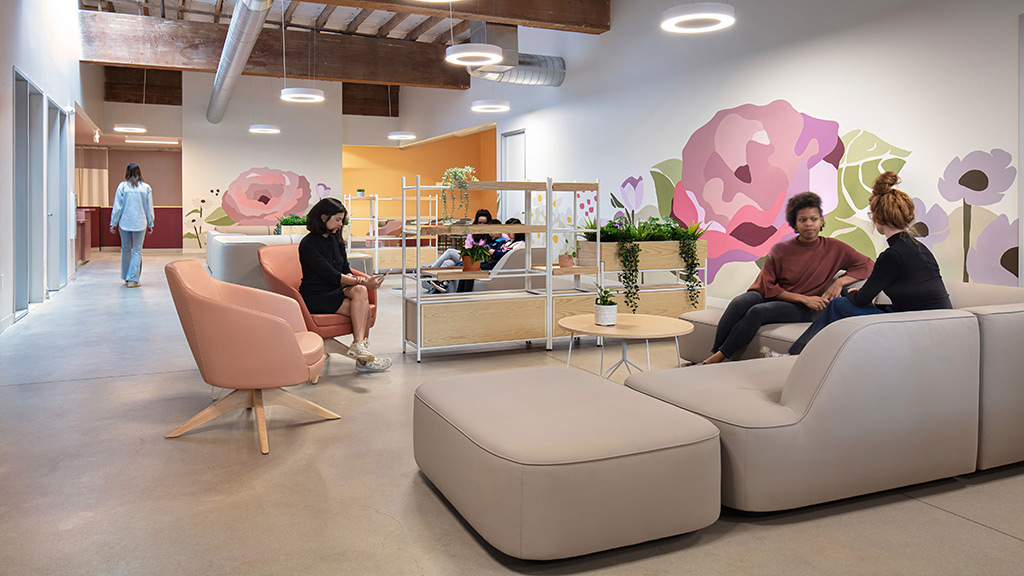
Gensler Brings Trauma-Informed Design to the Forefront at Rose Haven Shelter
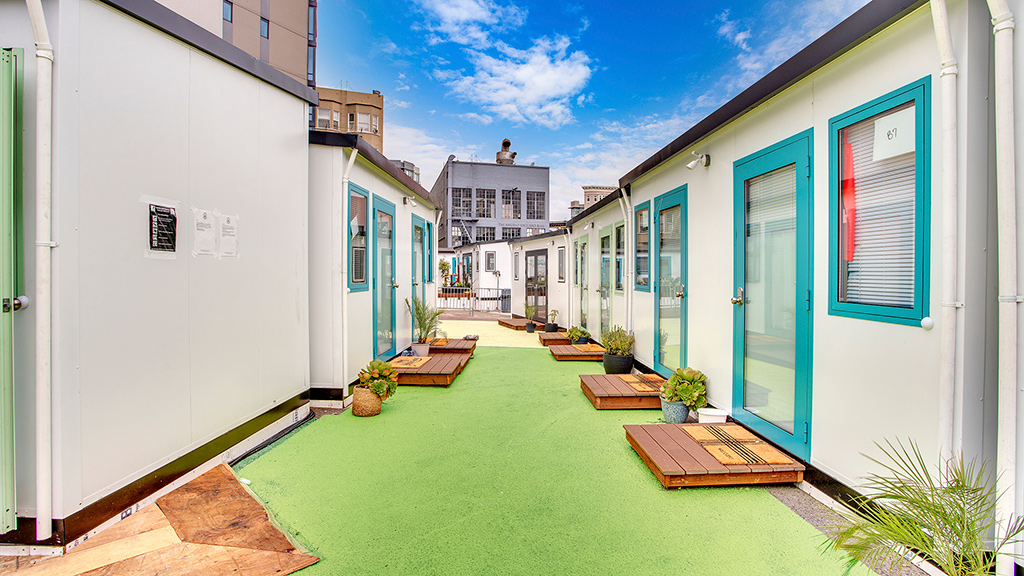
The Housing Crisis: Finding Hope in Innovation
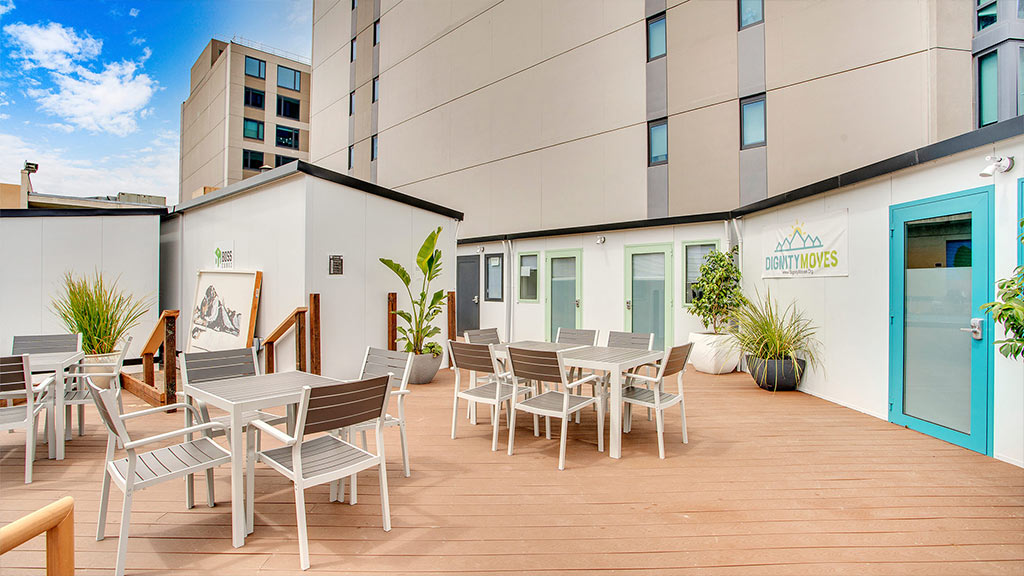
DignityMoves’ New Village of Prefab Homes Aims to Ease the Homelessness Crisis
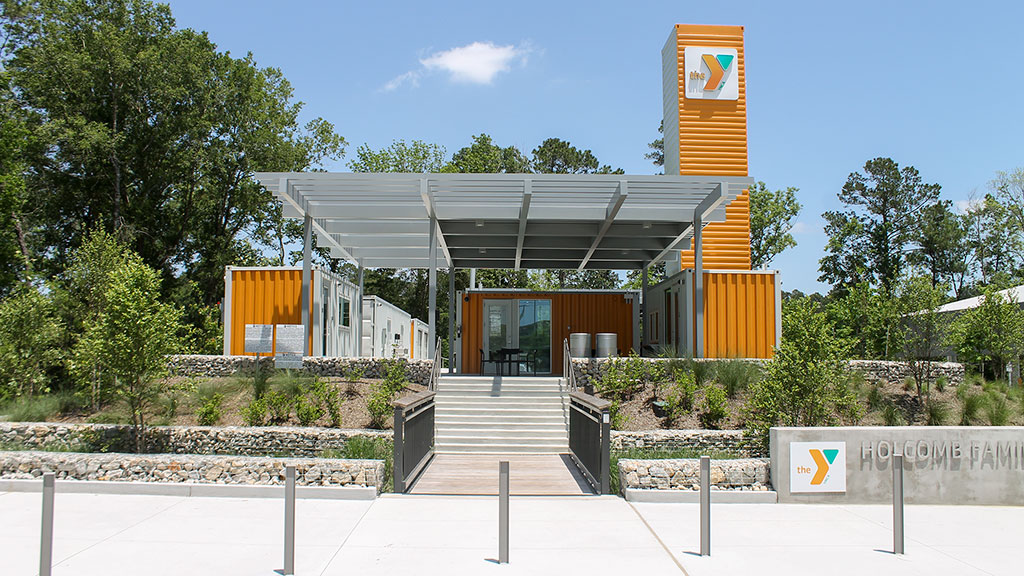
A YMCA Facility Reconceptualized to Prioritize Wellness and Community
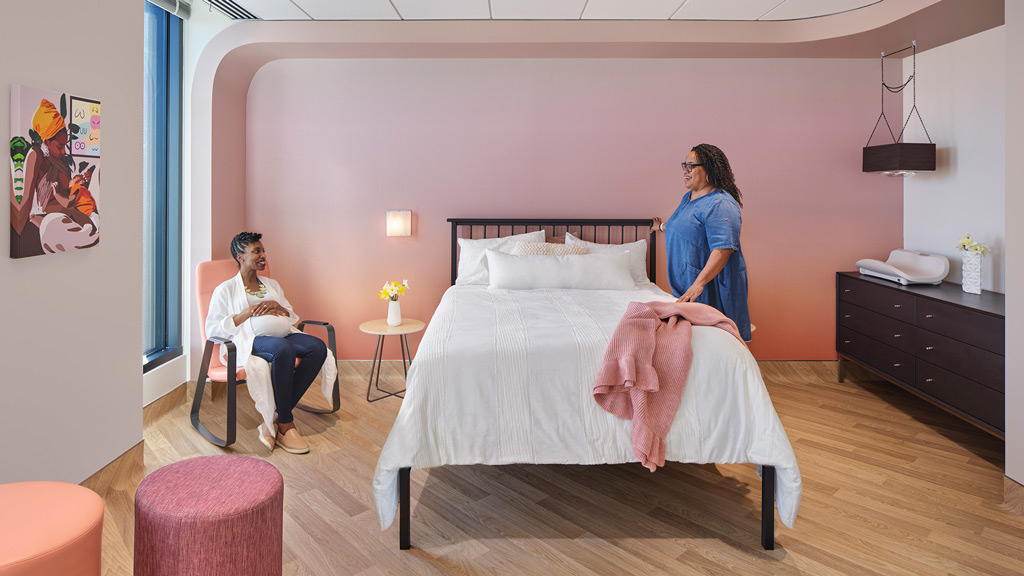
How D.C.’s Community of Hope Family Health and Birth Center Supports Black Women
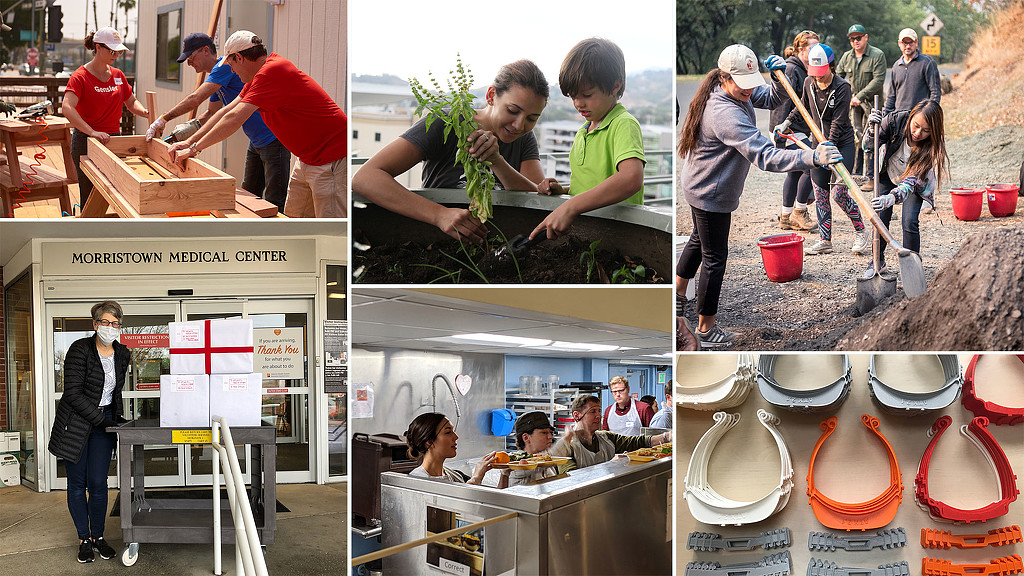
Community Impact Is a Key Strategy in Returning to the Office
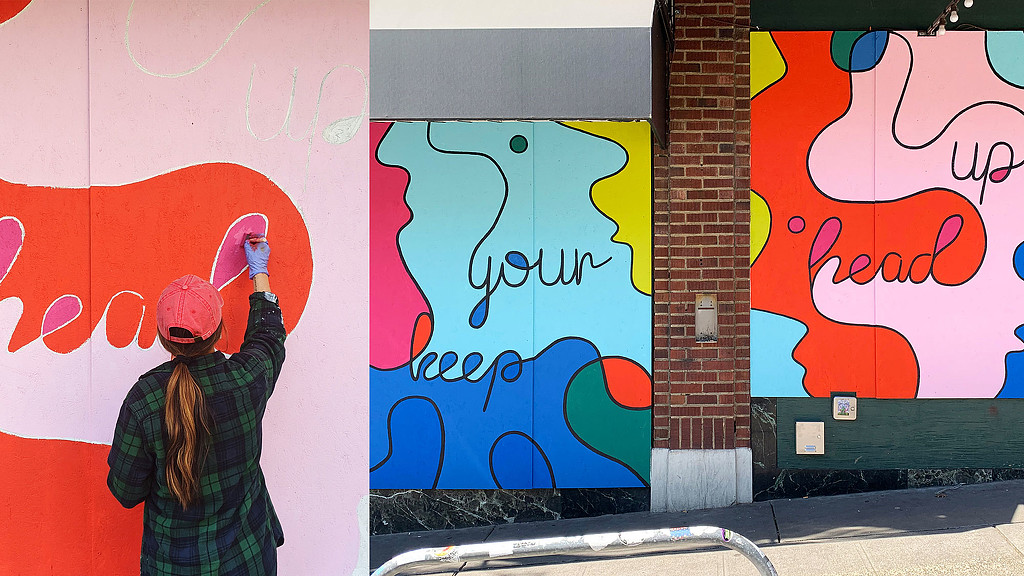
Giving Back Has Never Been More Important
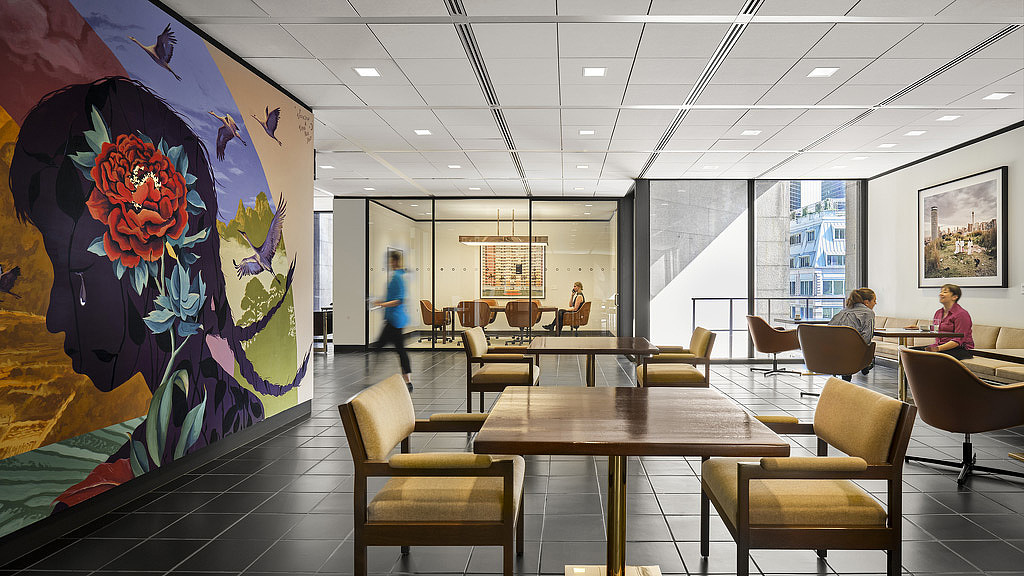
Blank Canvas: Using Art to Create Community in the Workplace
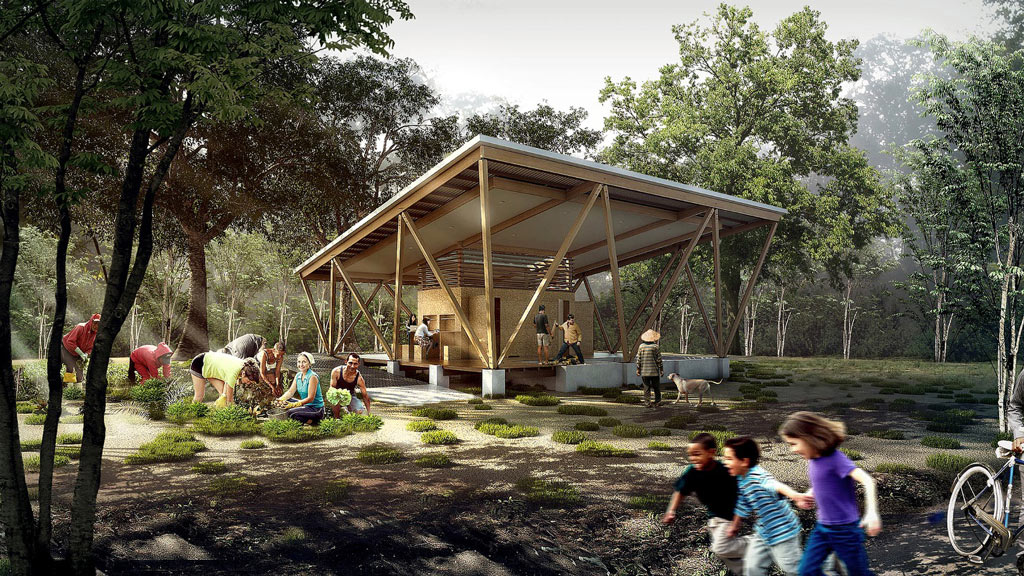
A Multi-Stakeholder Approach to Tackling Rural Waste Management
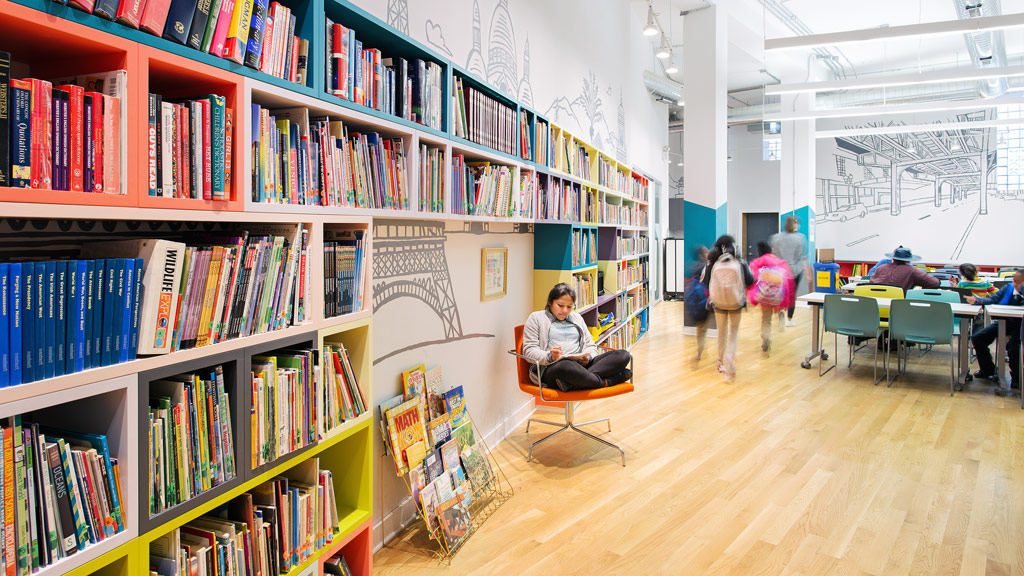
Designing Informal Learning Environments with 826 National
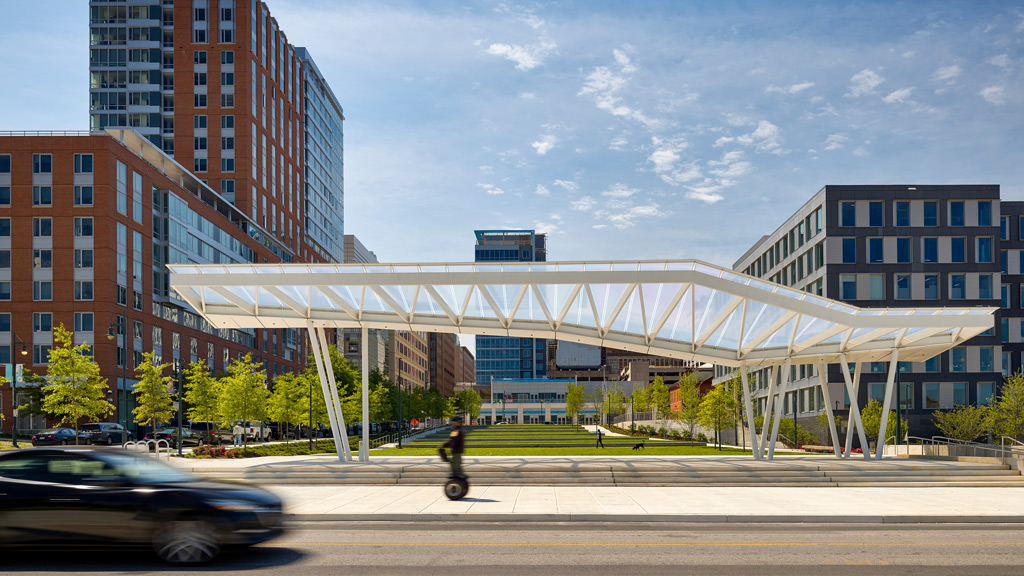
Community Engagement in Motion
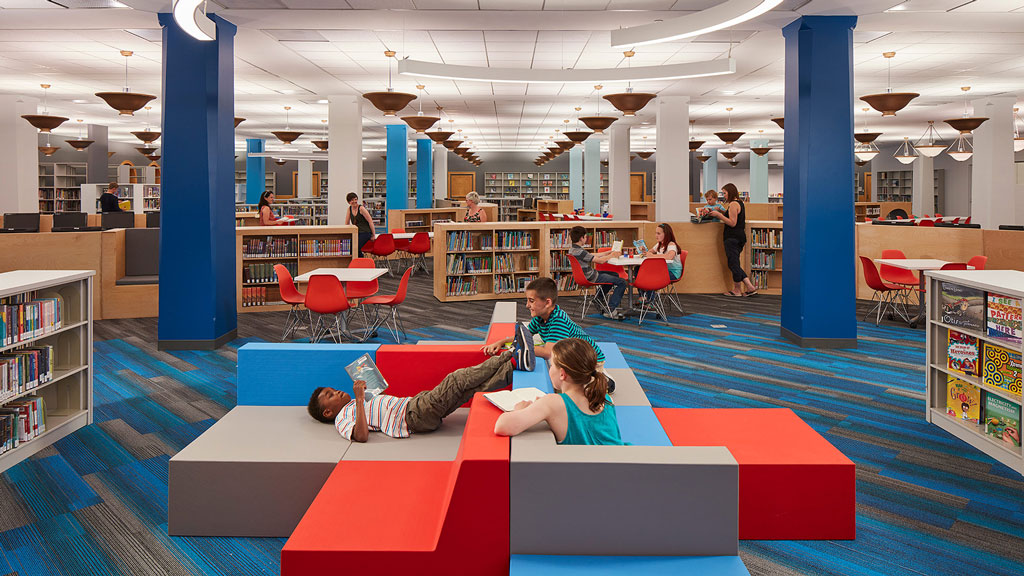
Community Impact Puts People First
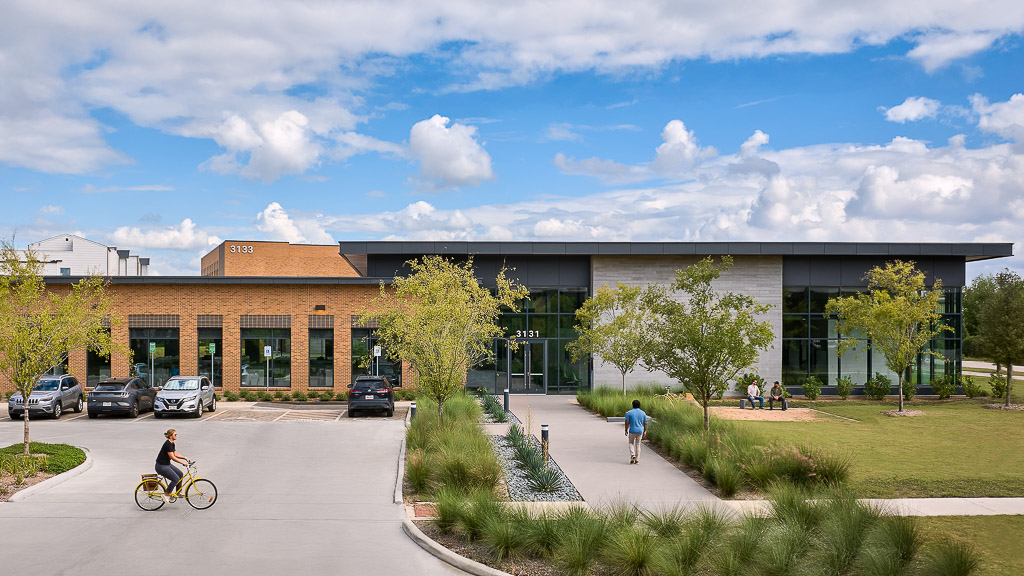
The Houston Alumni and Youth (HAY) Center
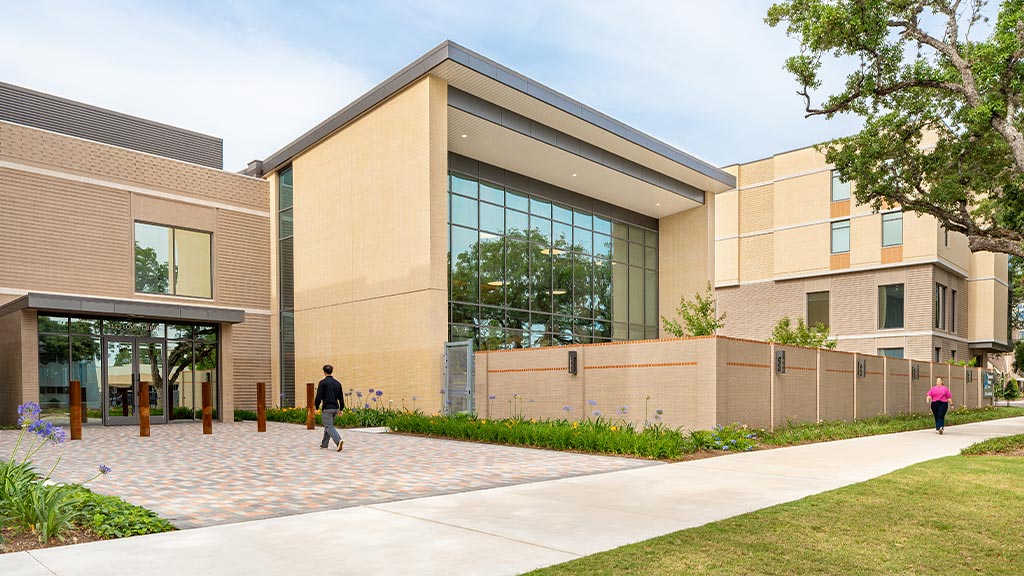
Covenant House Texas, The Jamey Rootes Campus
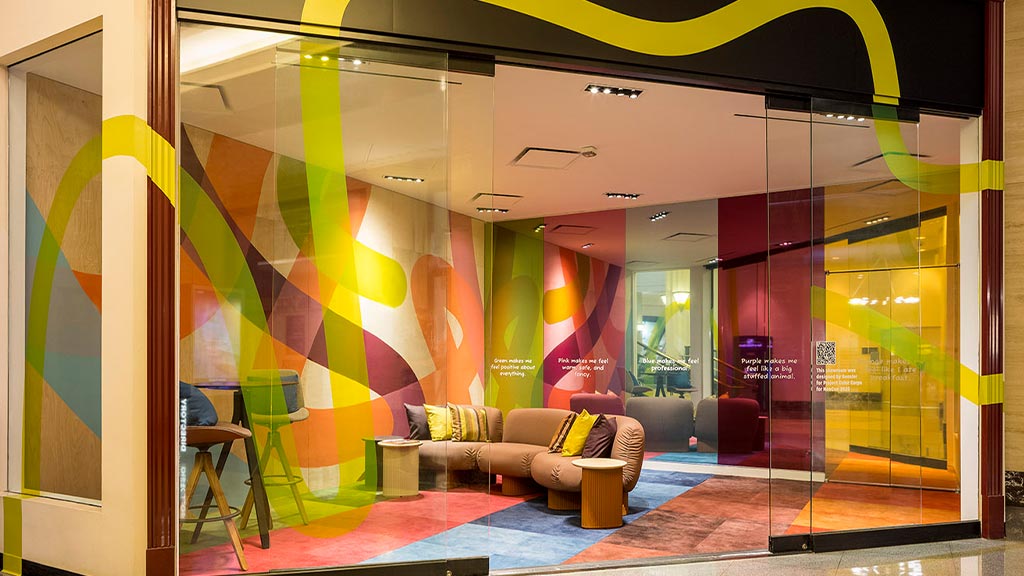
Project Color Corps Pop-Up
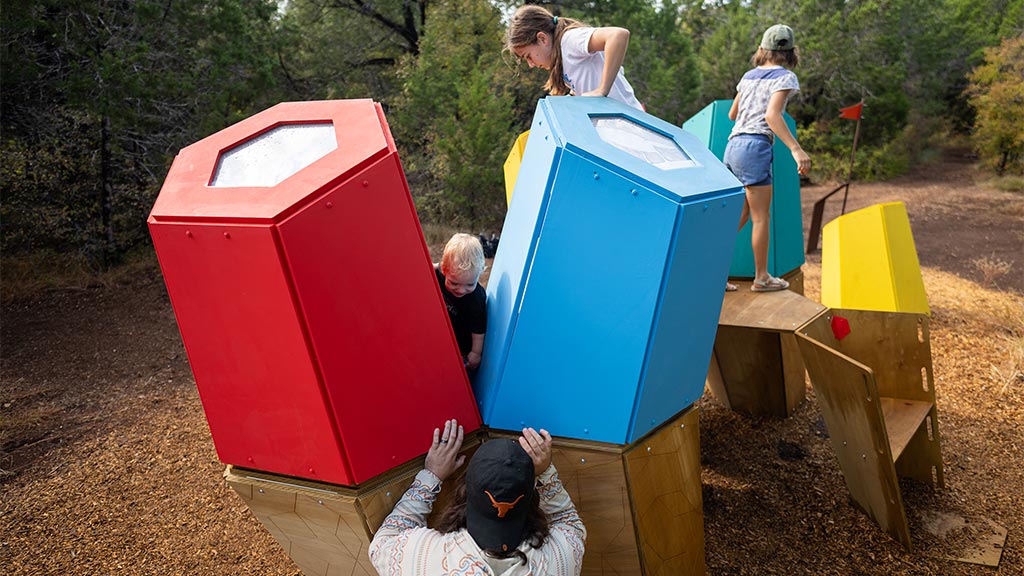
Perch Play Fortlandia
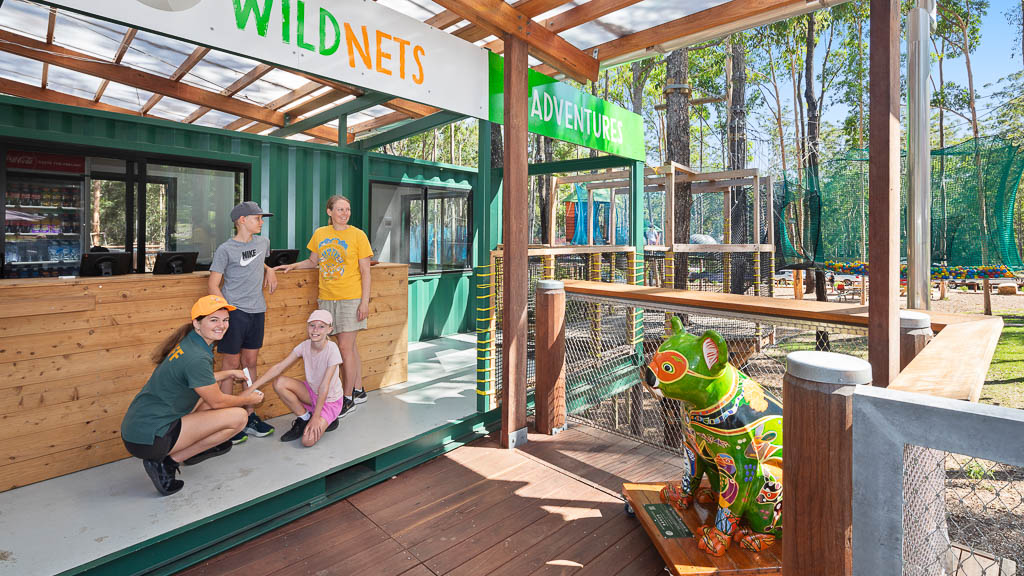
Guulabaa (Place of Koala)
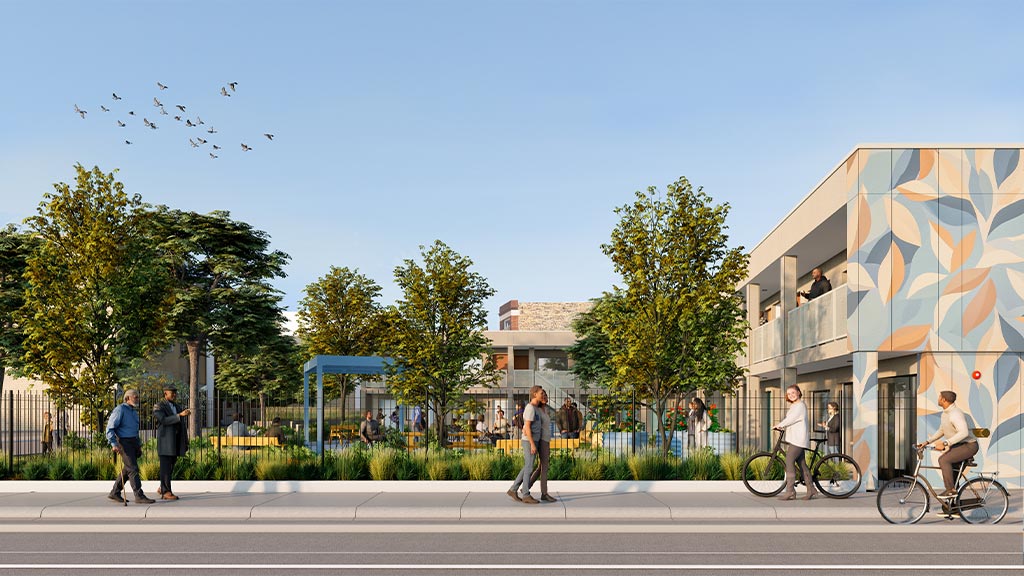
The Haven on Lincoln
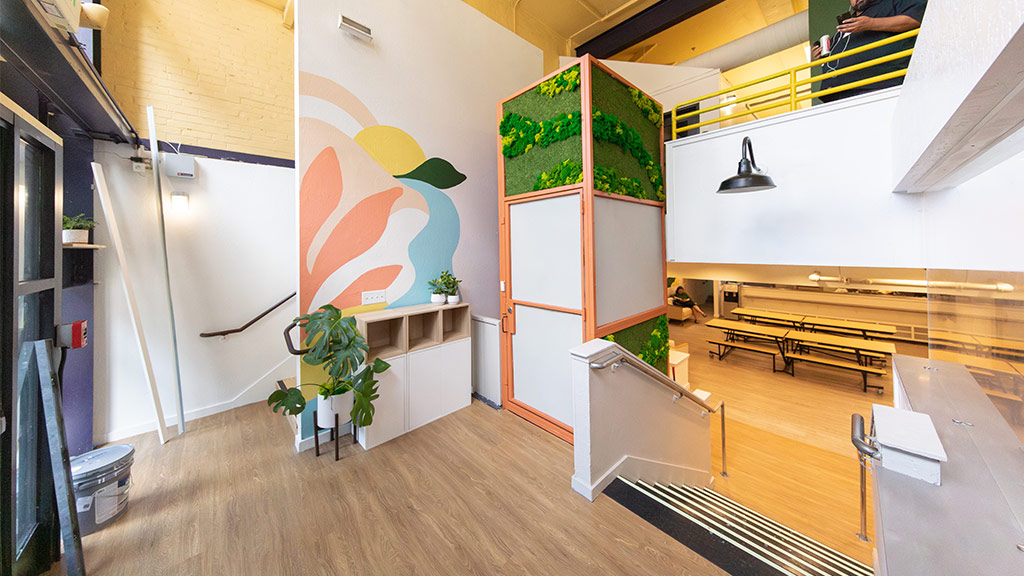
The Lark Inn
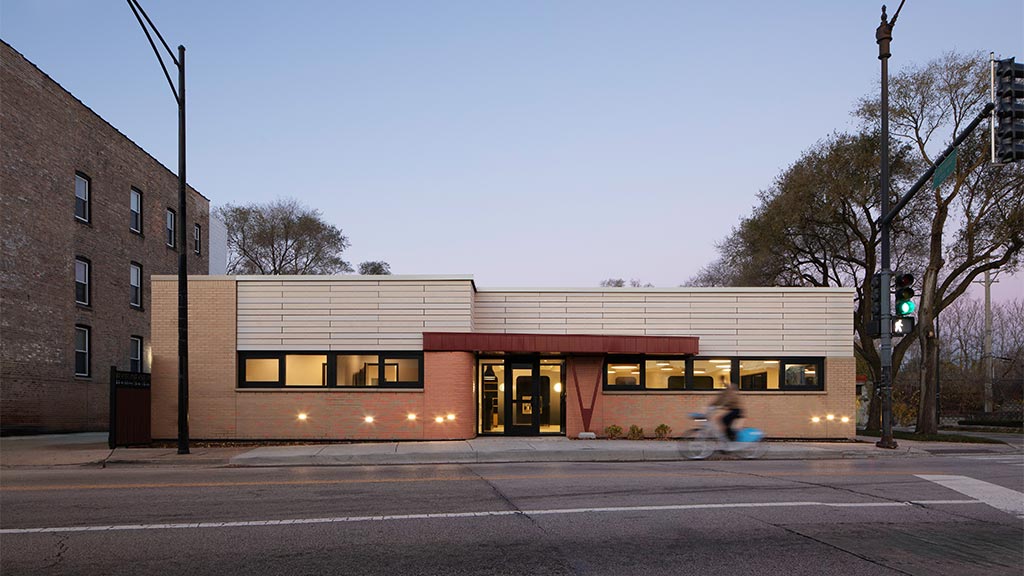
North Side Housing and Supportive Services

First Love Foundation
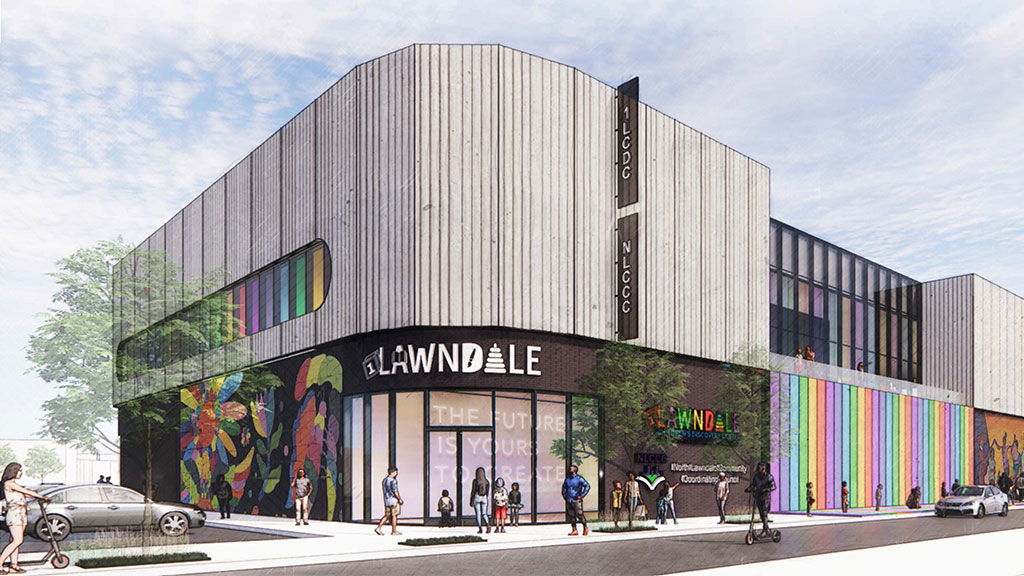
Lawndale Gateway Project
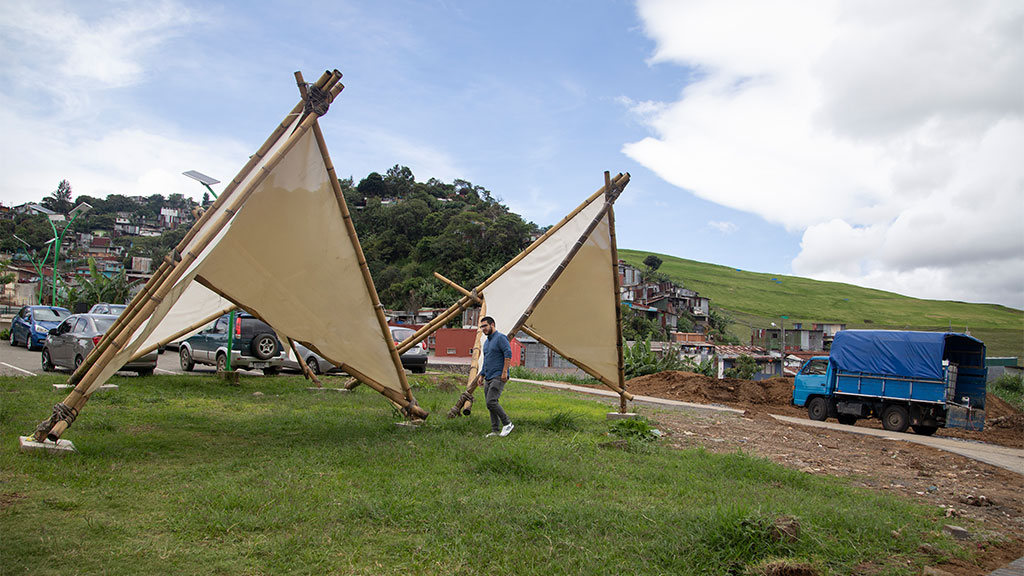
Sustainable Shade Structures
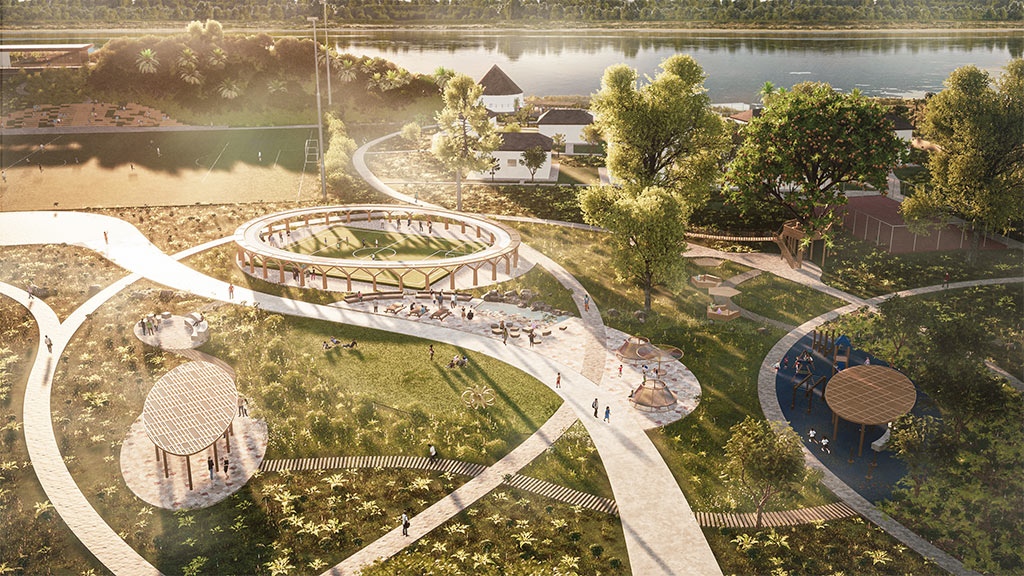
Right to Dream Ghana
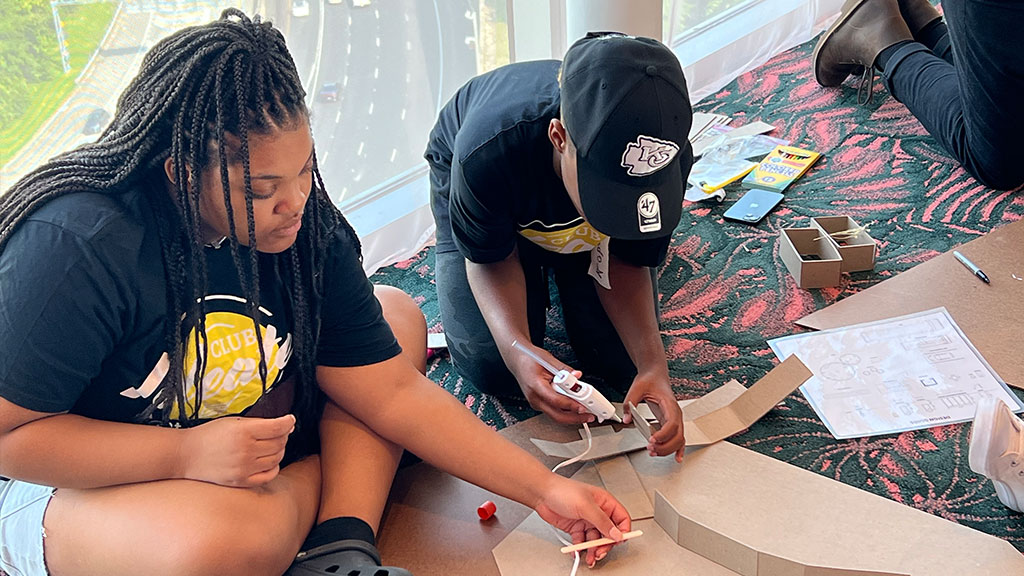
Club Ideate
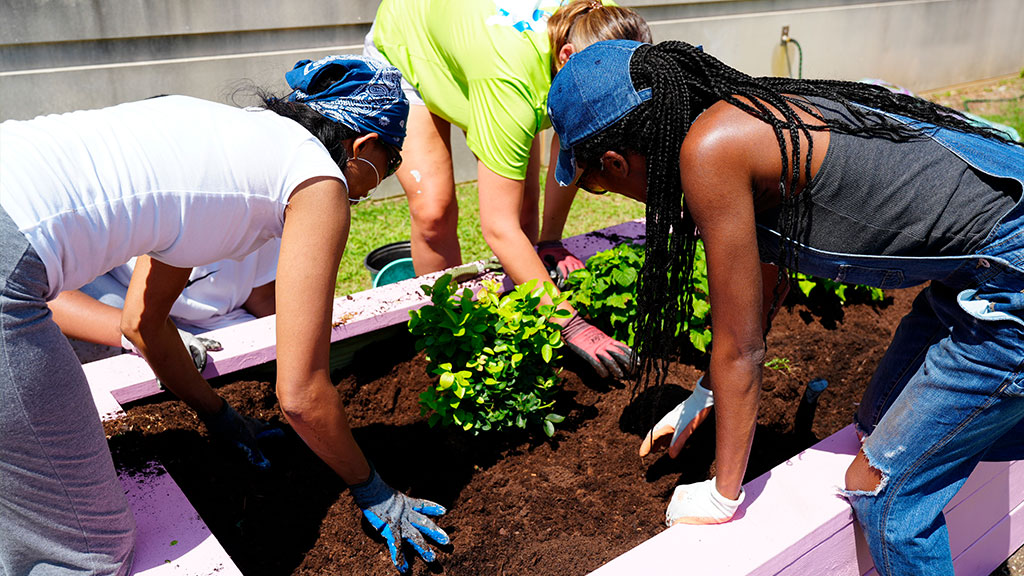
Roots to Success
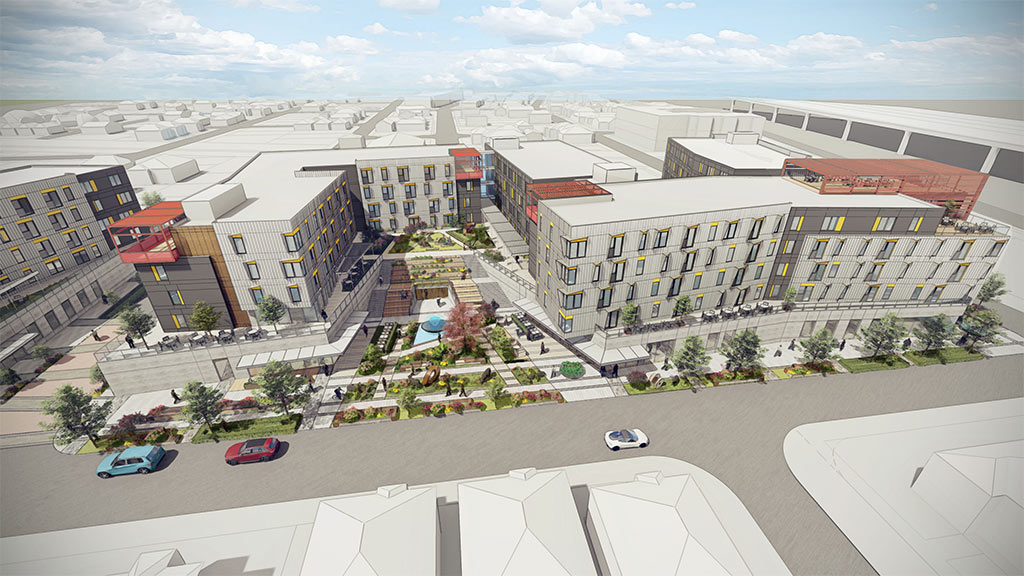
U.S.VETS Houston Third Ward

Friendship Foundation Campus

Rose Haven Community Day Shelter
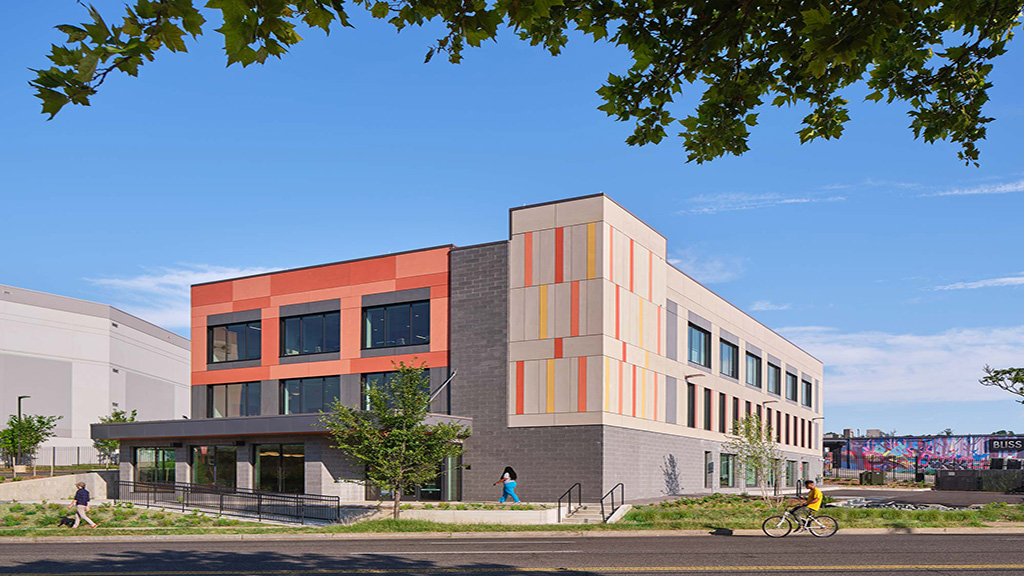
Community of Hope Family Health and Birth Center
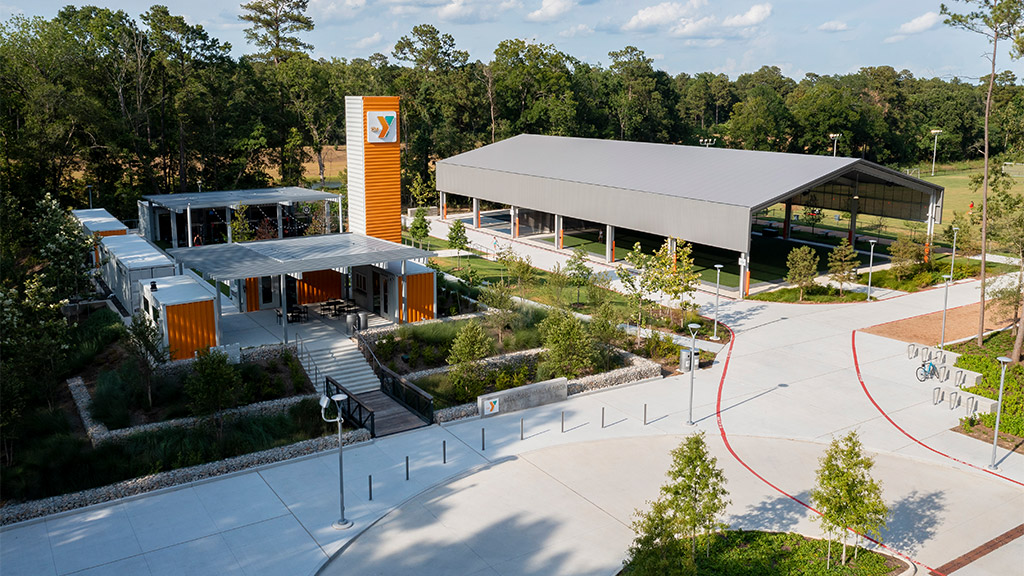
Holcomb Family YMCA
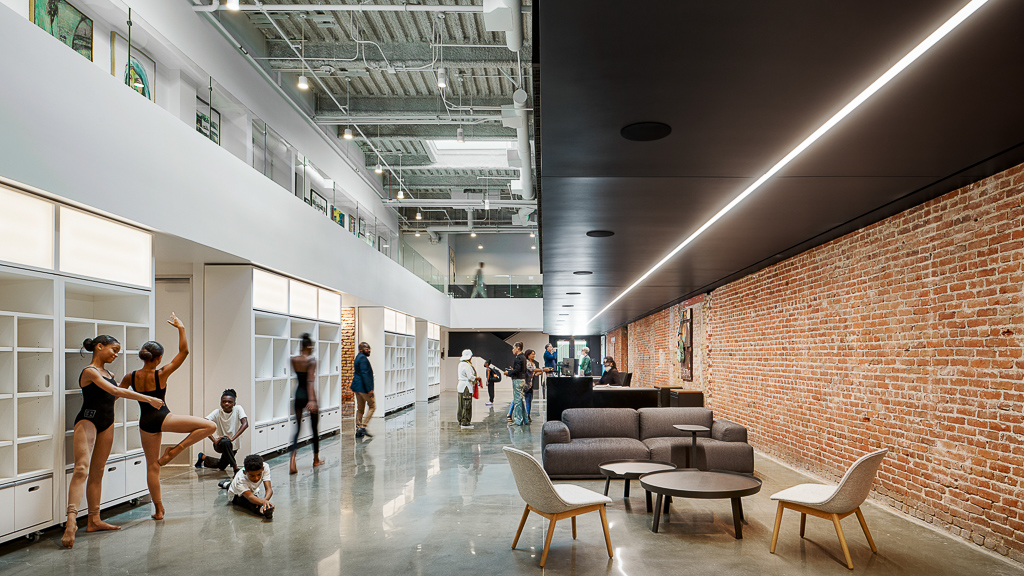
Debbie Allen Dance Academy
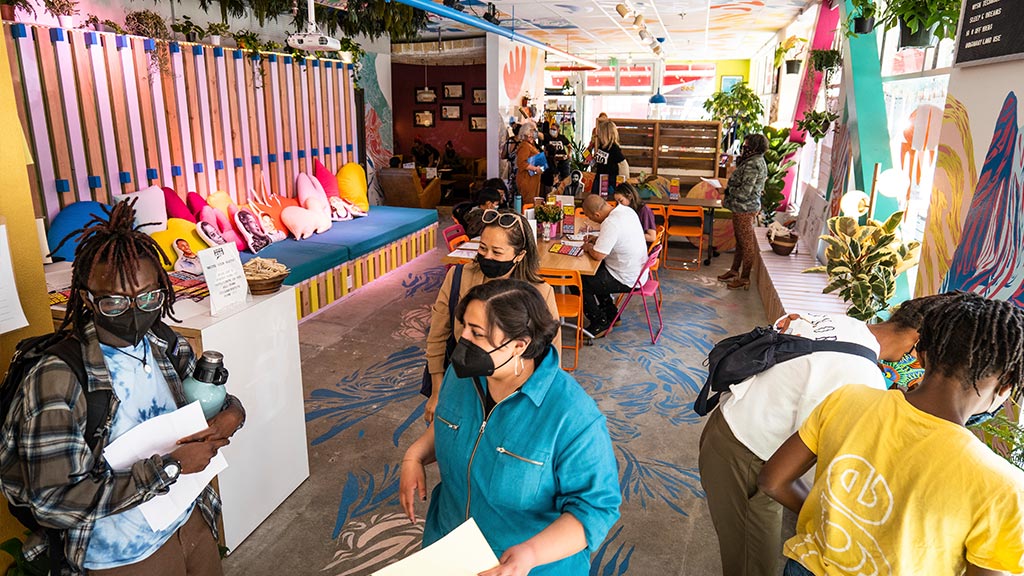
Chapter 510 – Swan’s Market
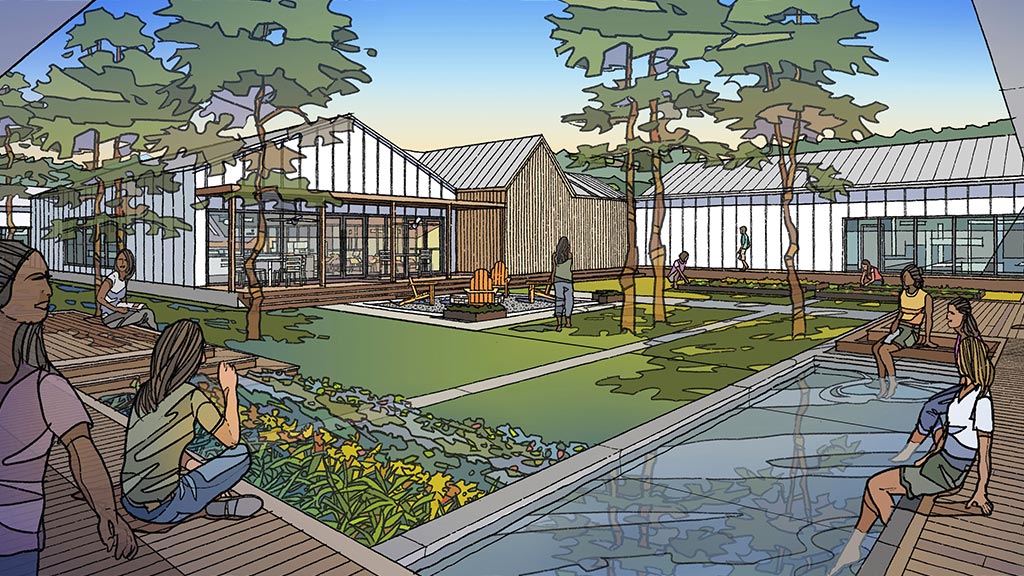
Treasured Vessels Foundation

SPARK: A STEAM Activity Book
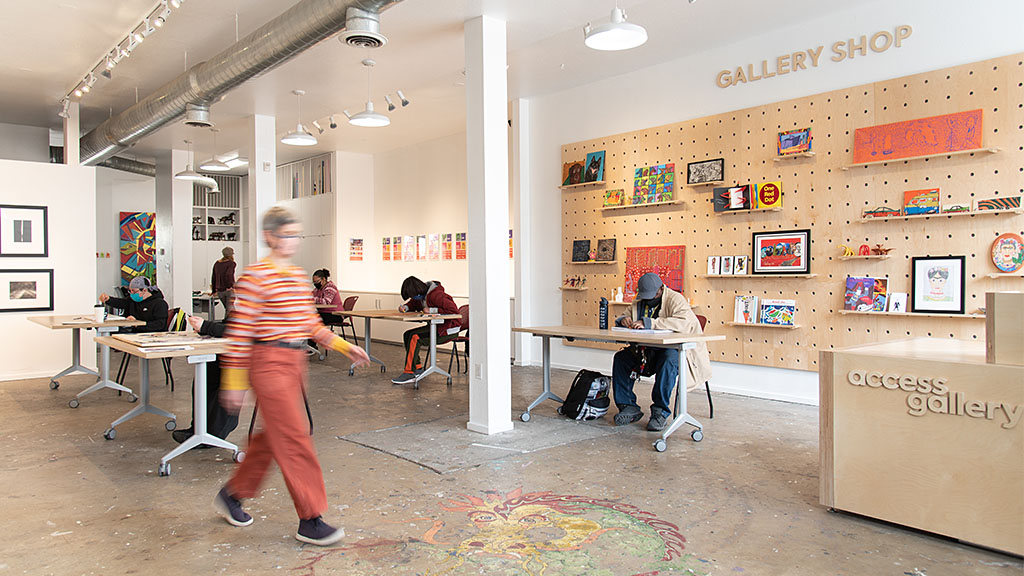
Access Gallery

REACH LA
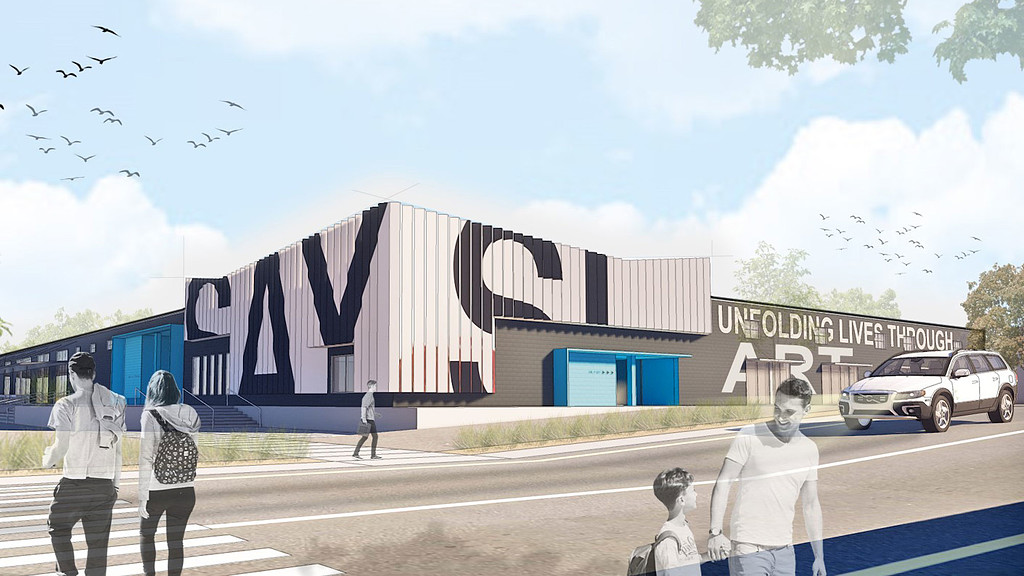
SAY Sí Community Arts Center
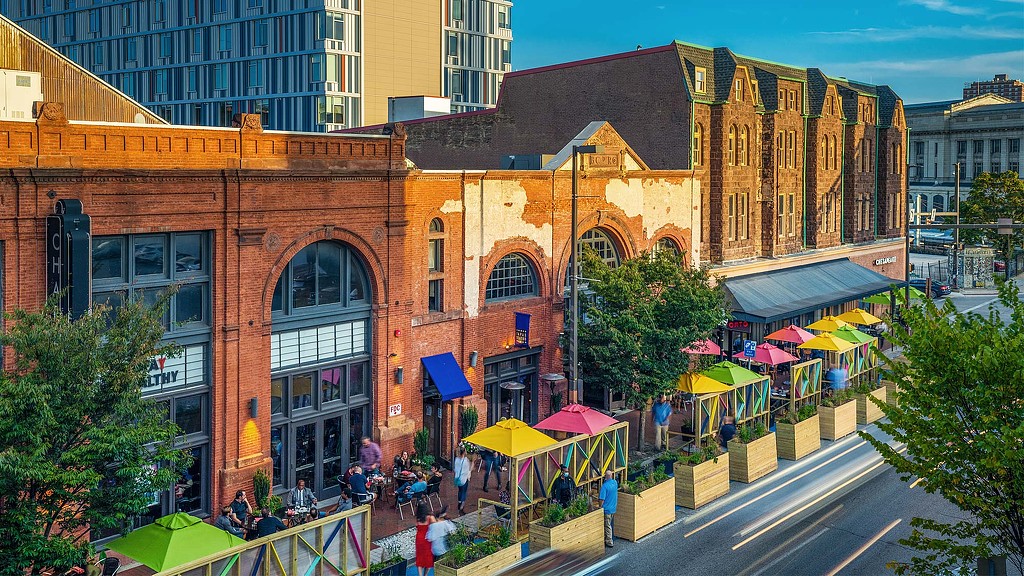
Design for Distancing
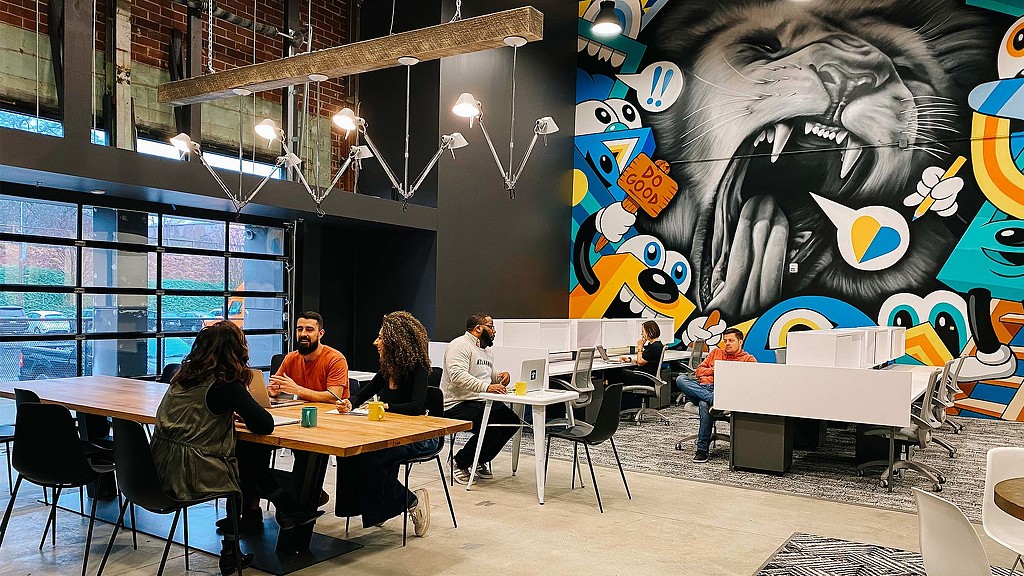
Plywood Place
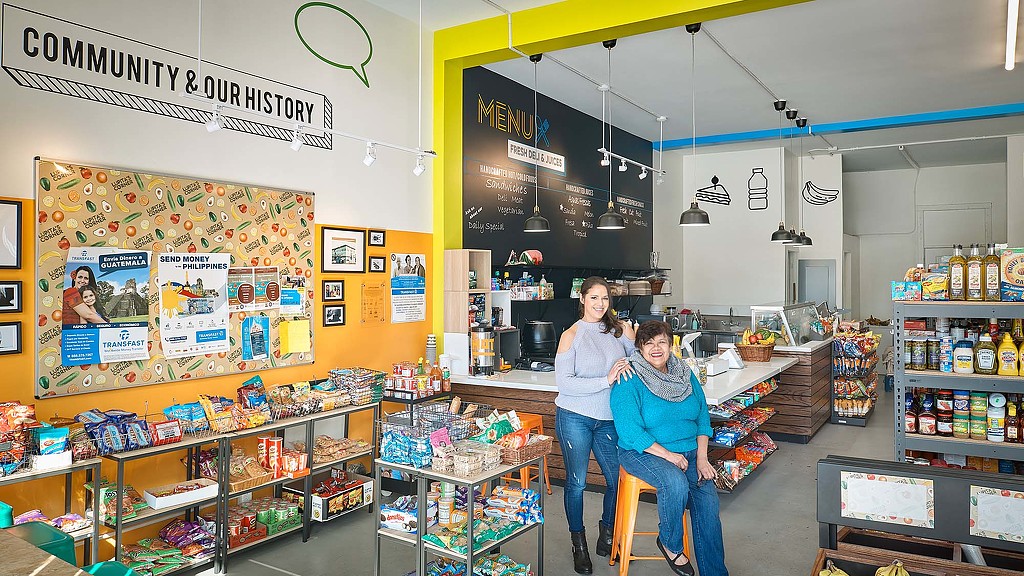
Lupita’s Corner
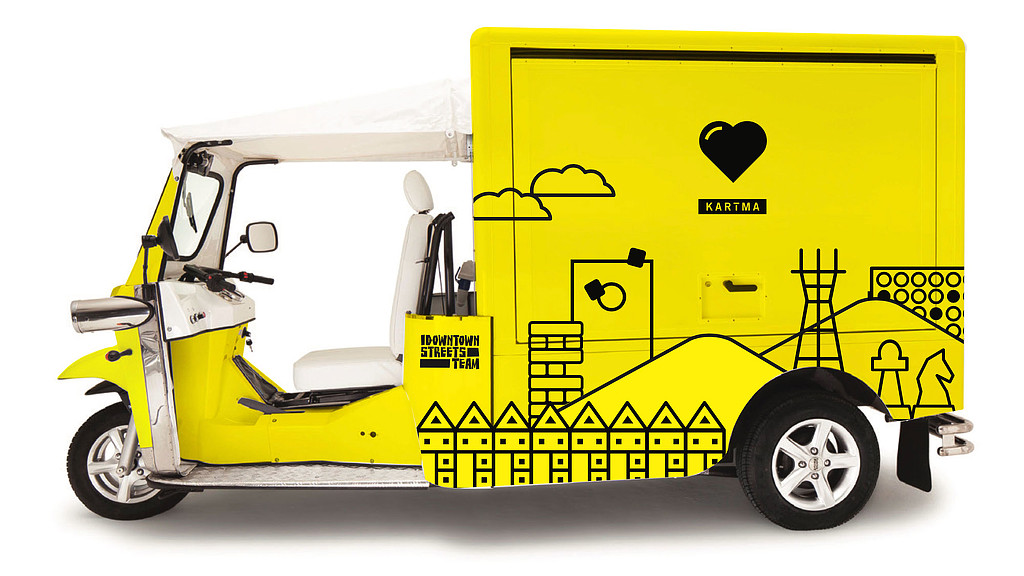
Kartma
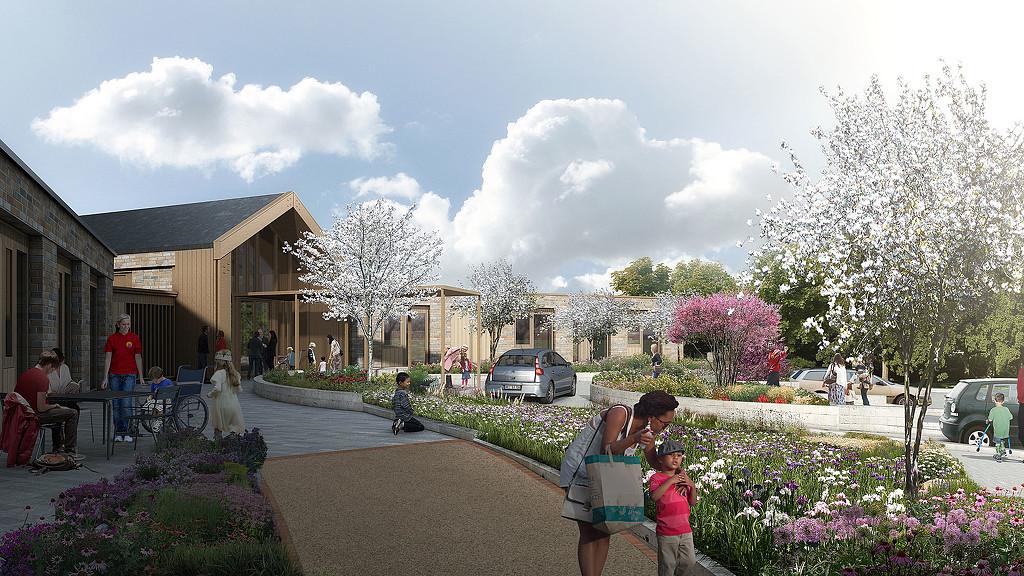
Noah’s Ark Children’s Hospice
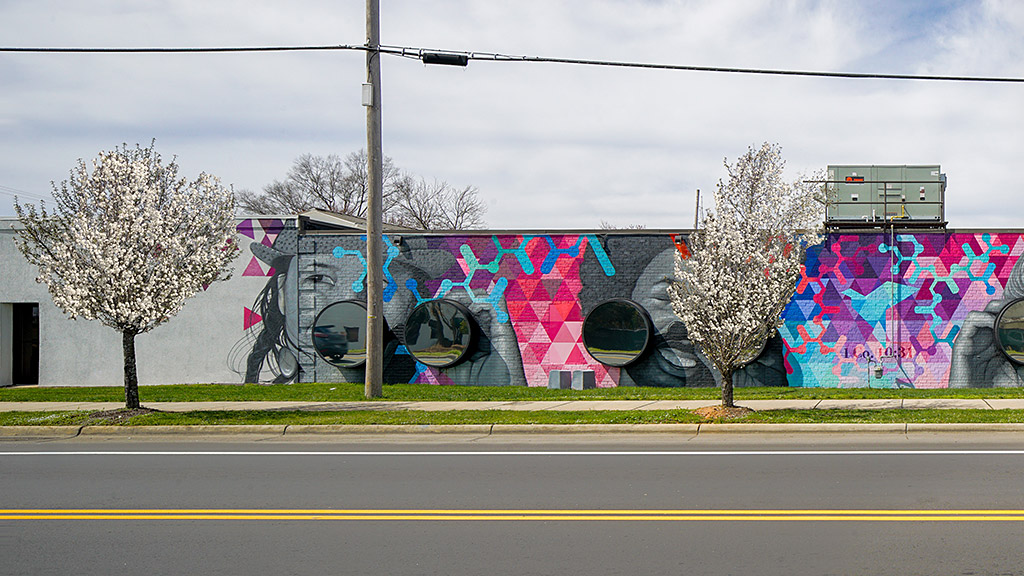
CBI Art Wall
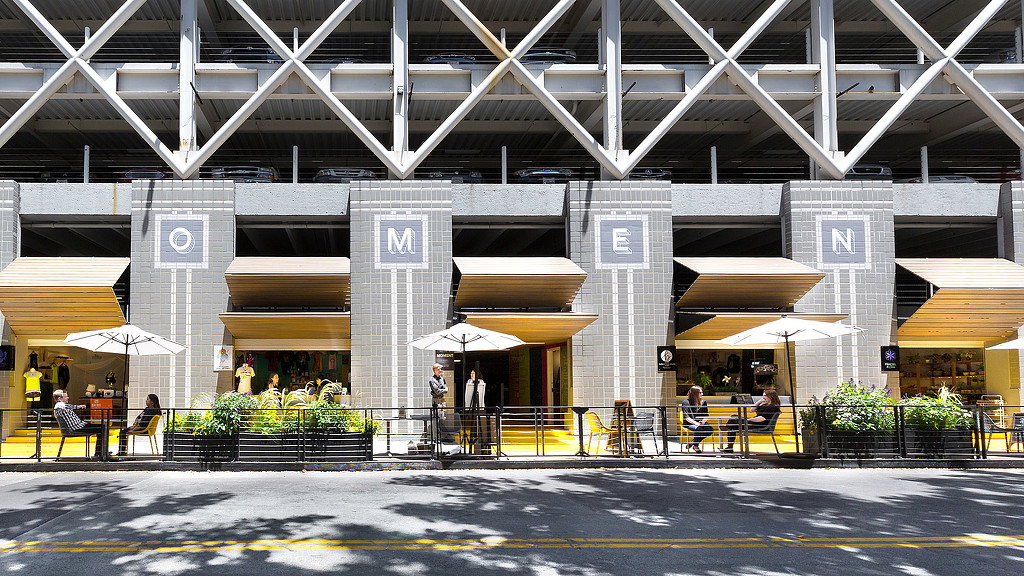
MOMENT at San Pedro Square
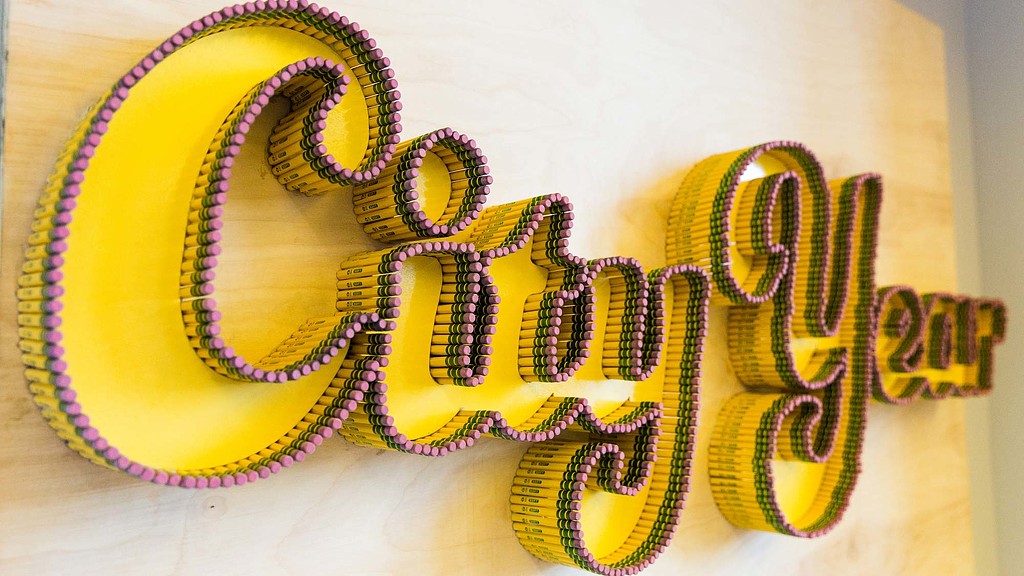
City Year: Bethune Elementary School
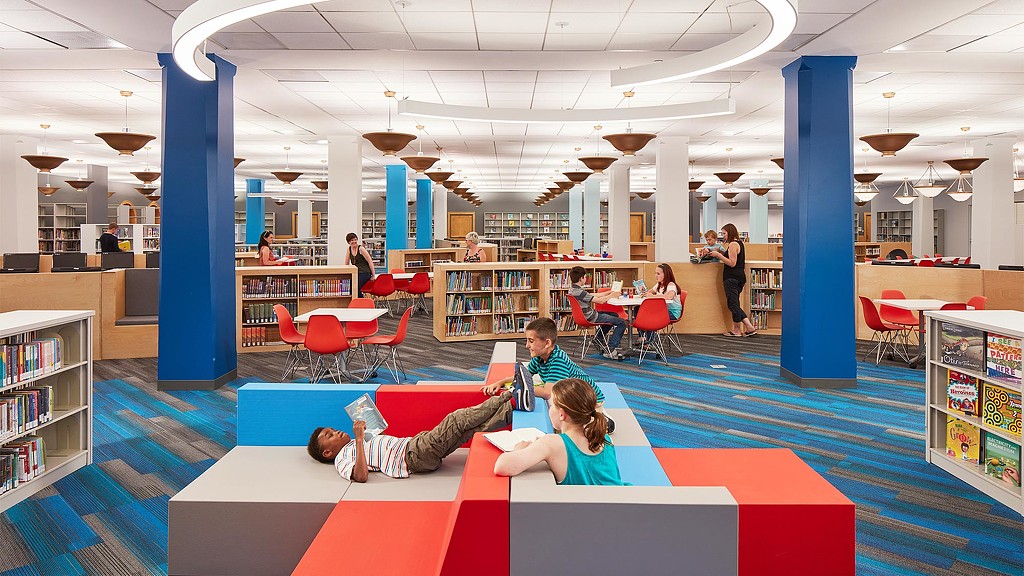
Harold Washington Children’s Library
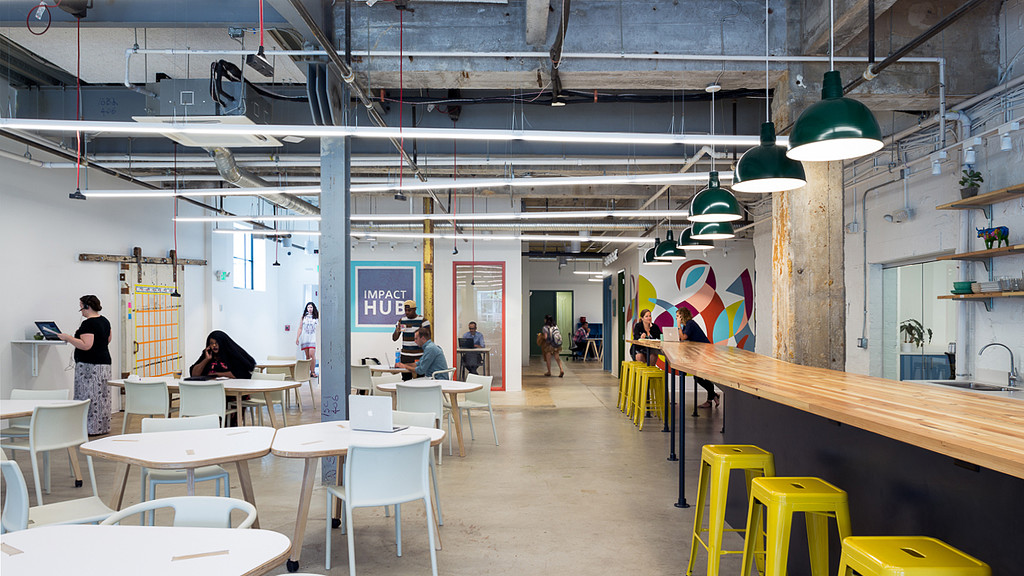
Impact Hub Baltimore
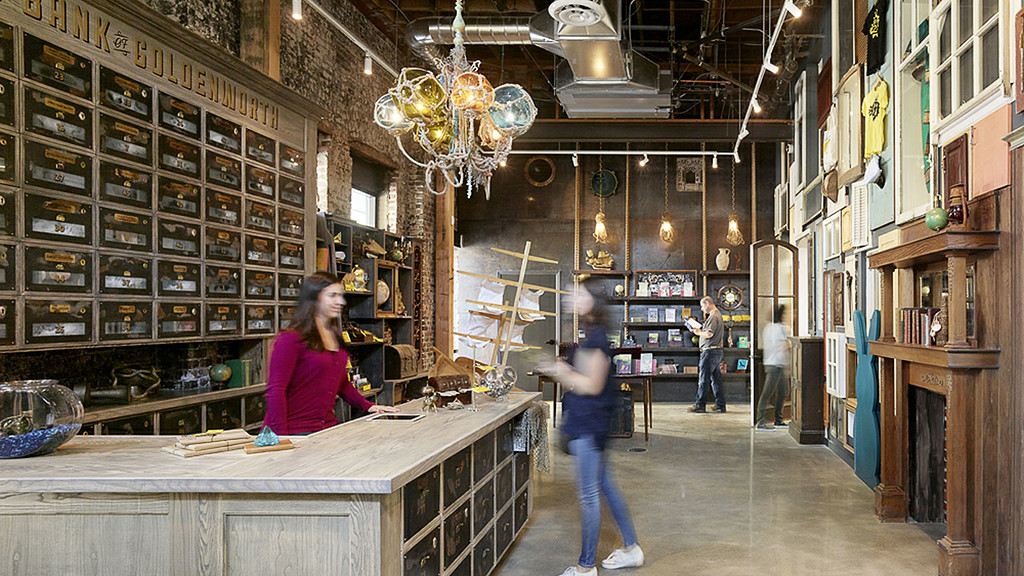
826 Valencia Tenderloin Center

Project Color Corps
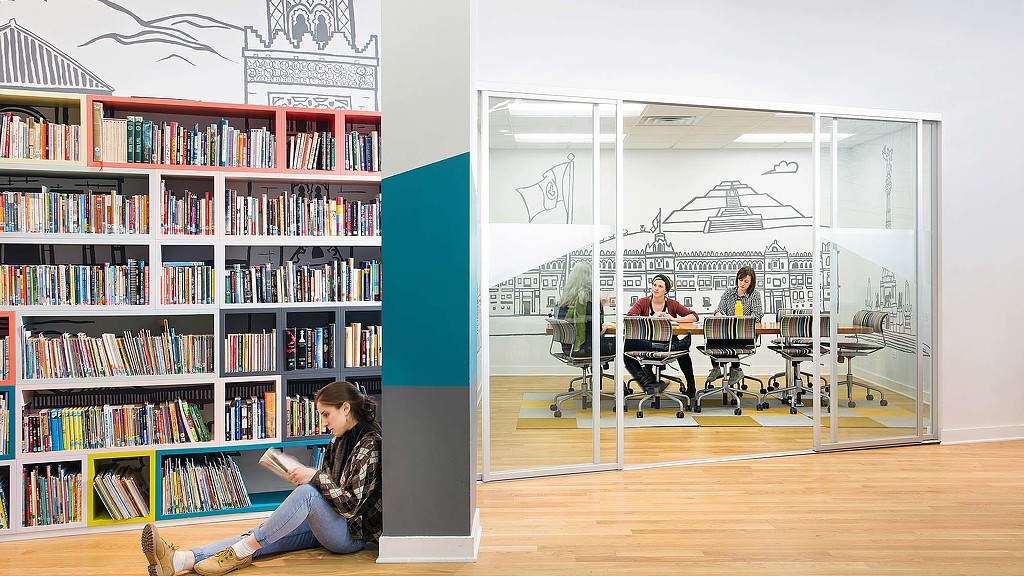
826CHI
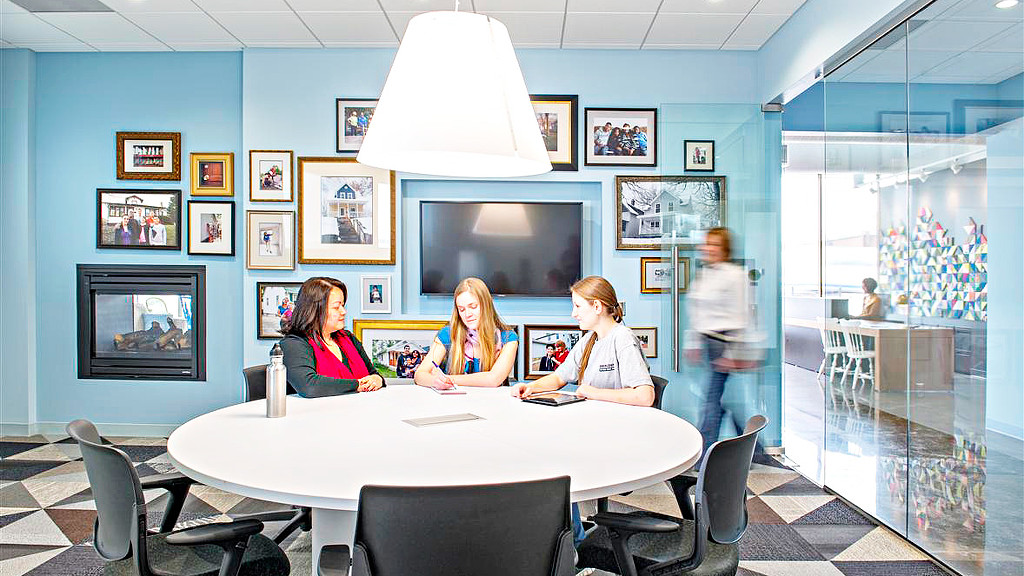
Twin Cities Habitat for Humanity

Goodwill Pop-Up Shop
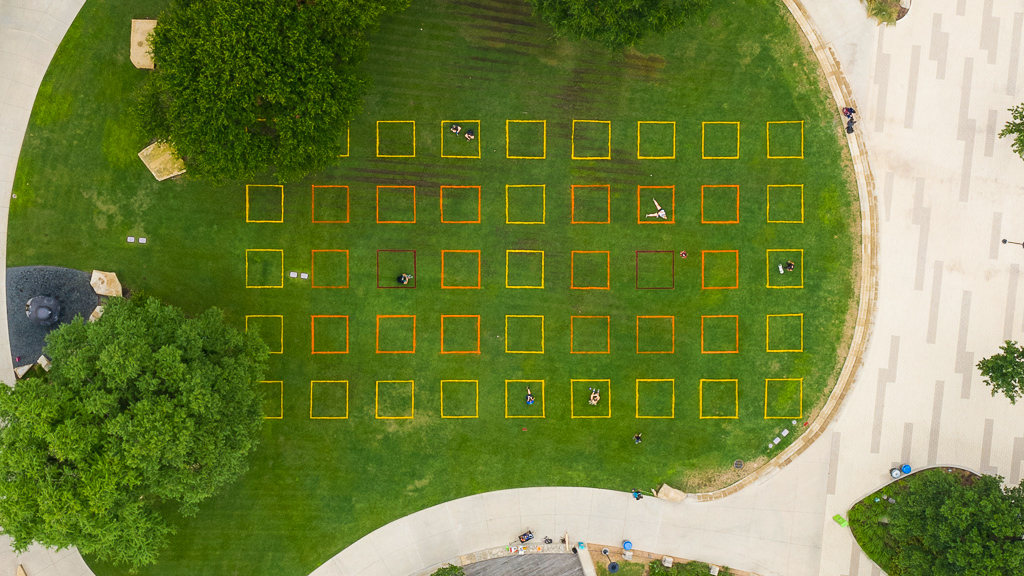
PARKSPACE
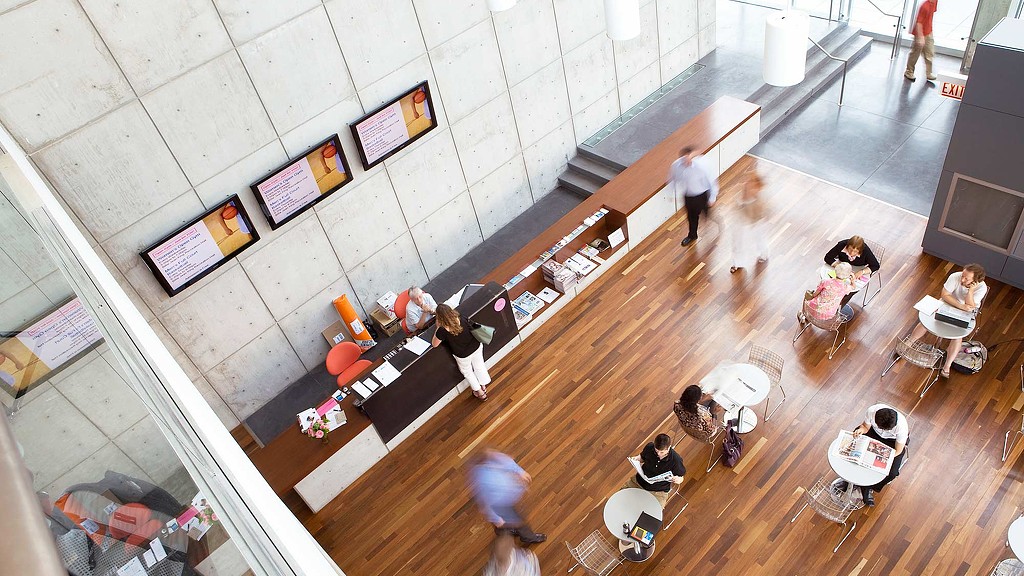
Center on Halsted
By establishing a network with more than 260 community partner organizations, Gensler amplifies its outreach activities, creating new opportunities to foster relationships with like-minded partners.
